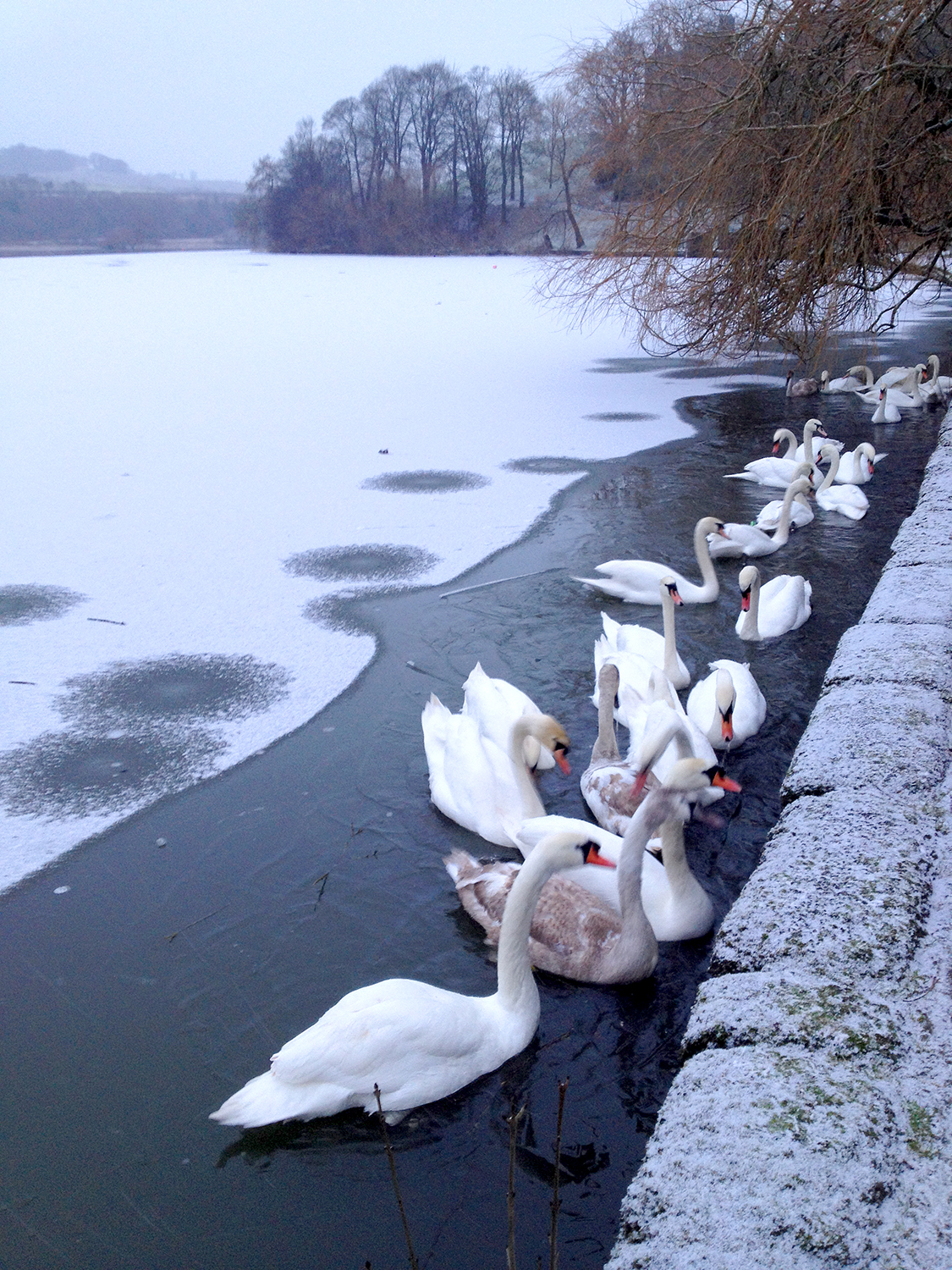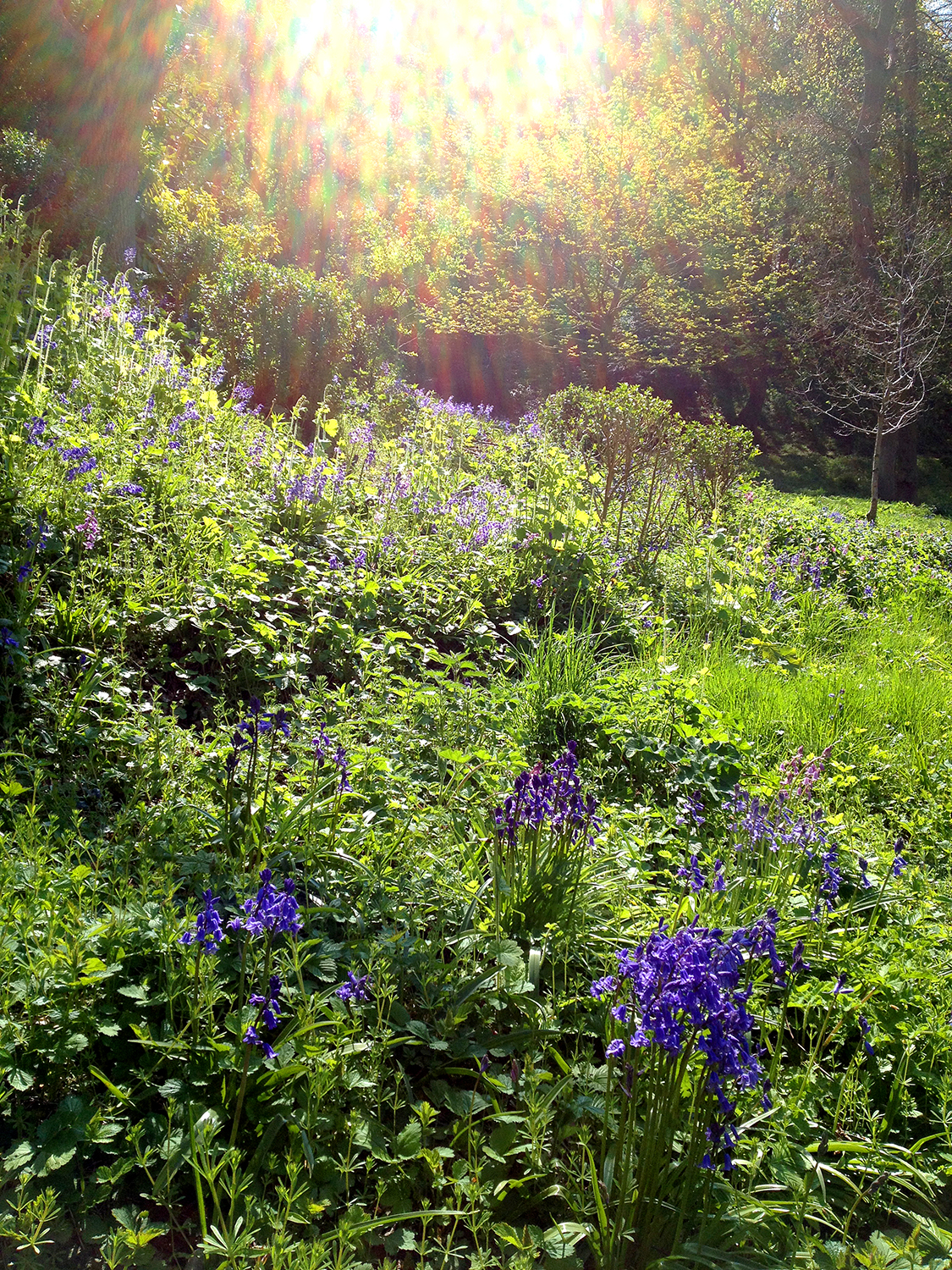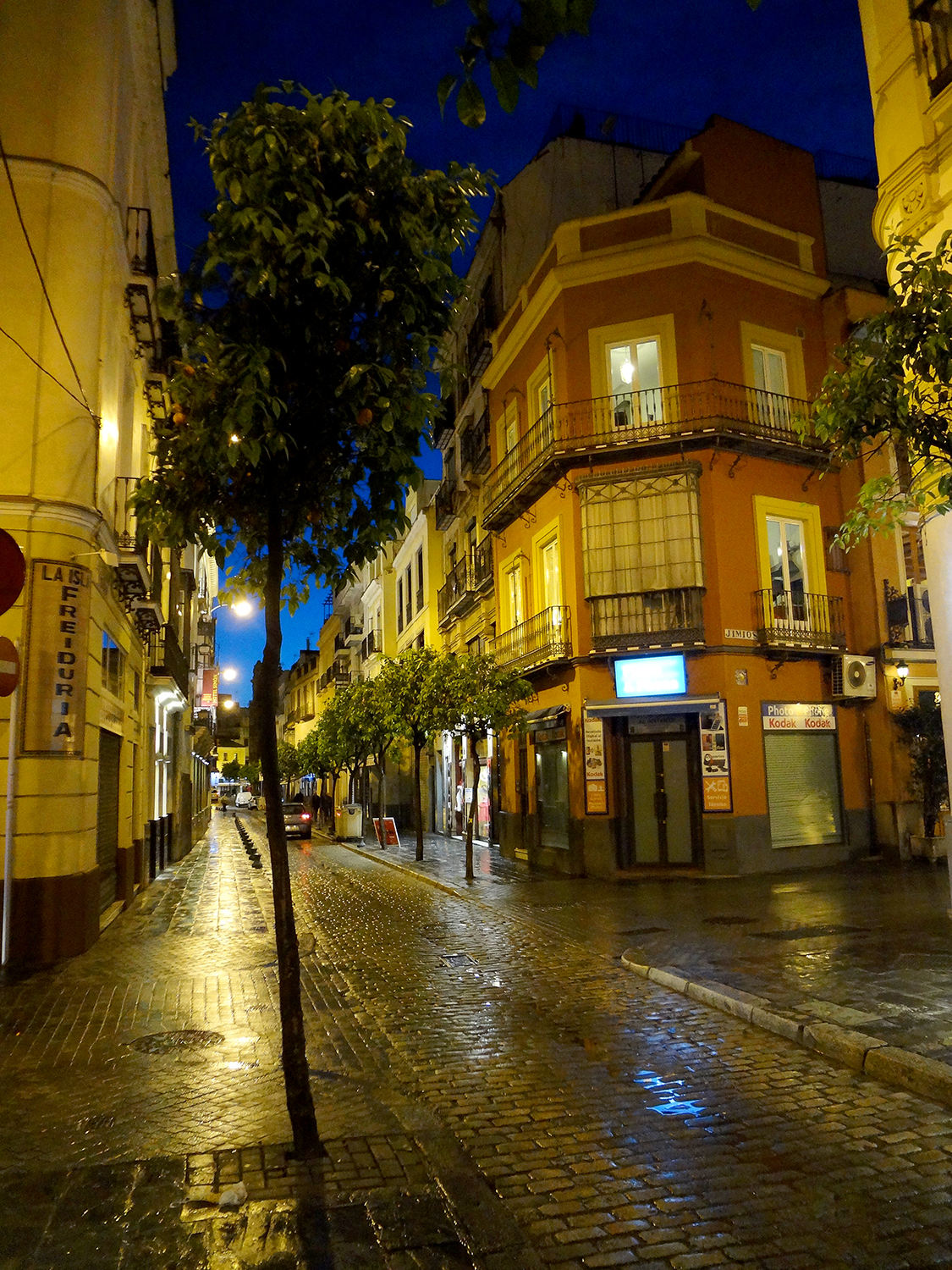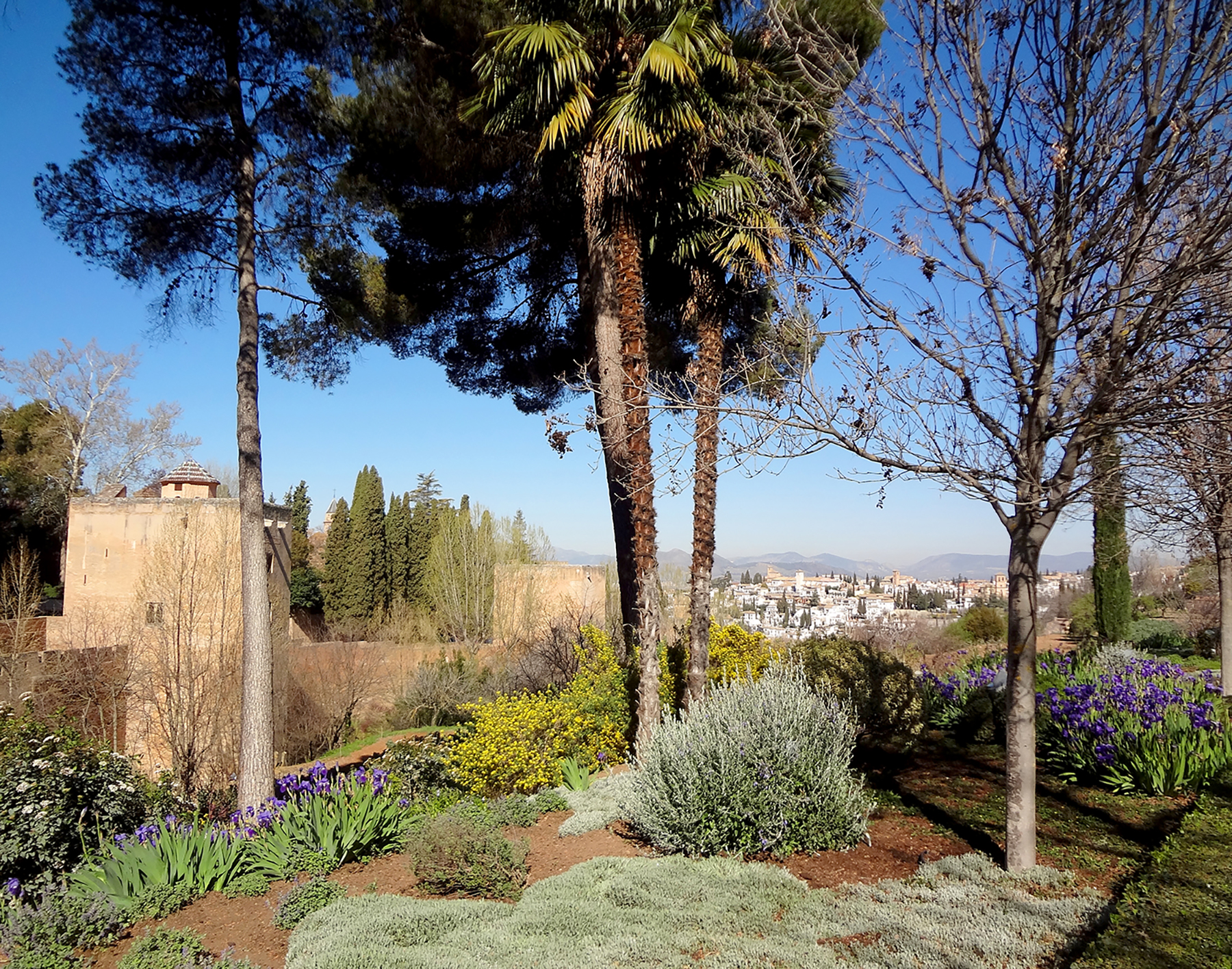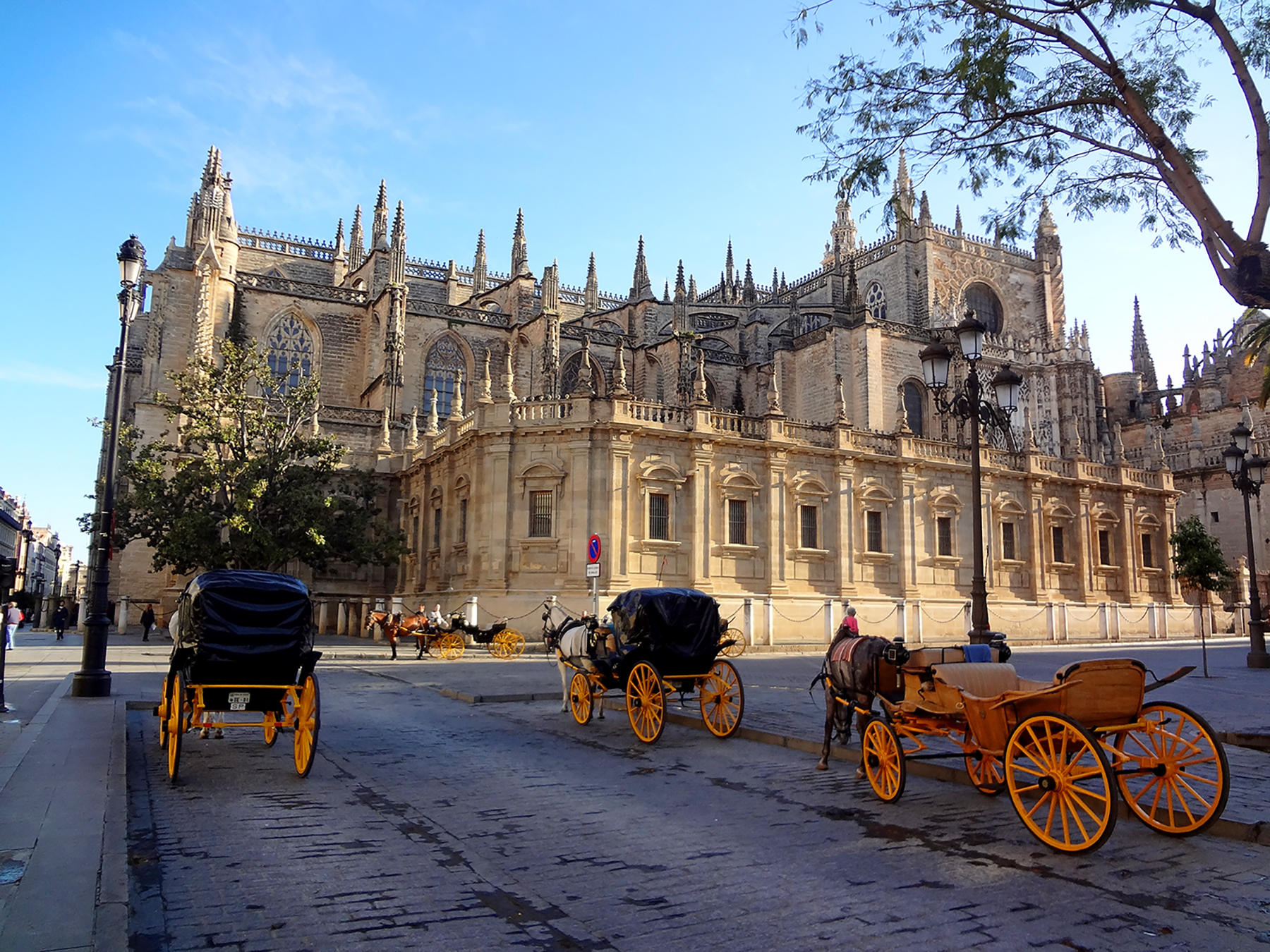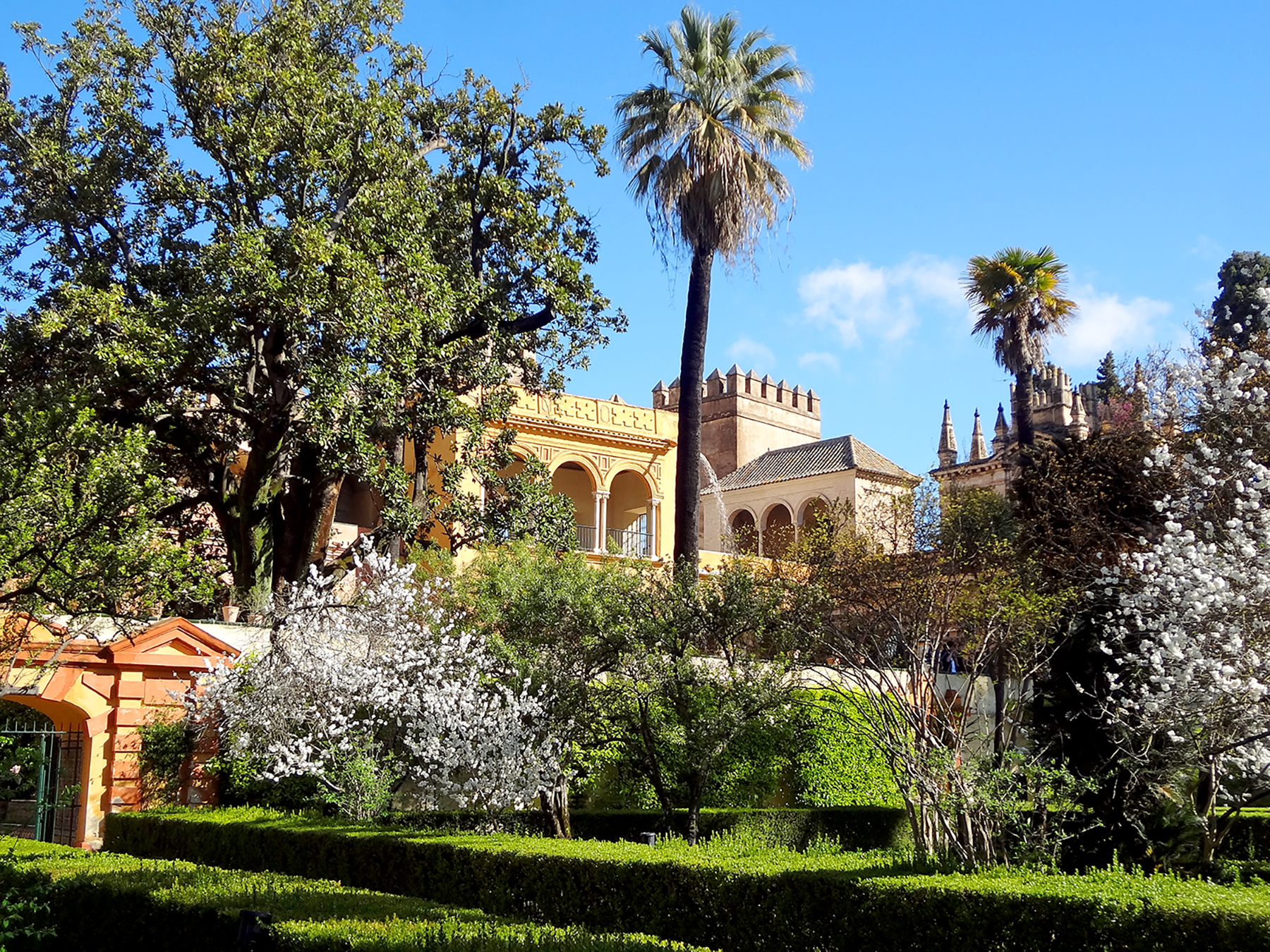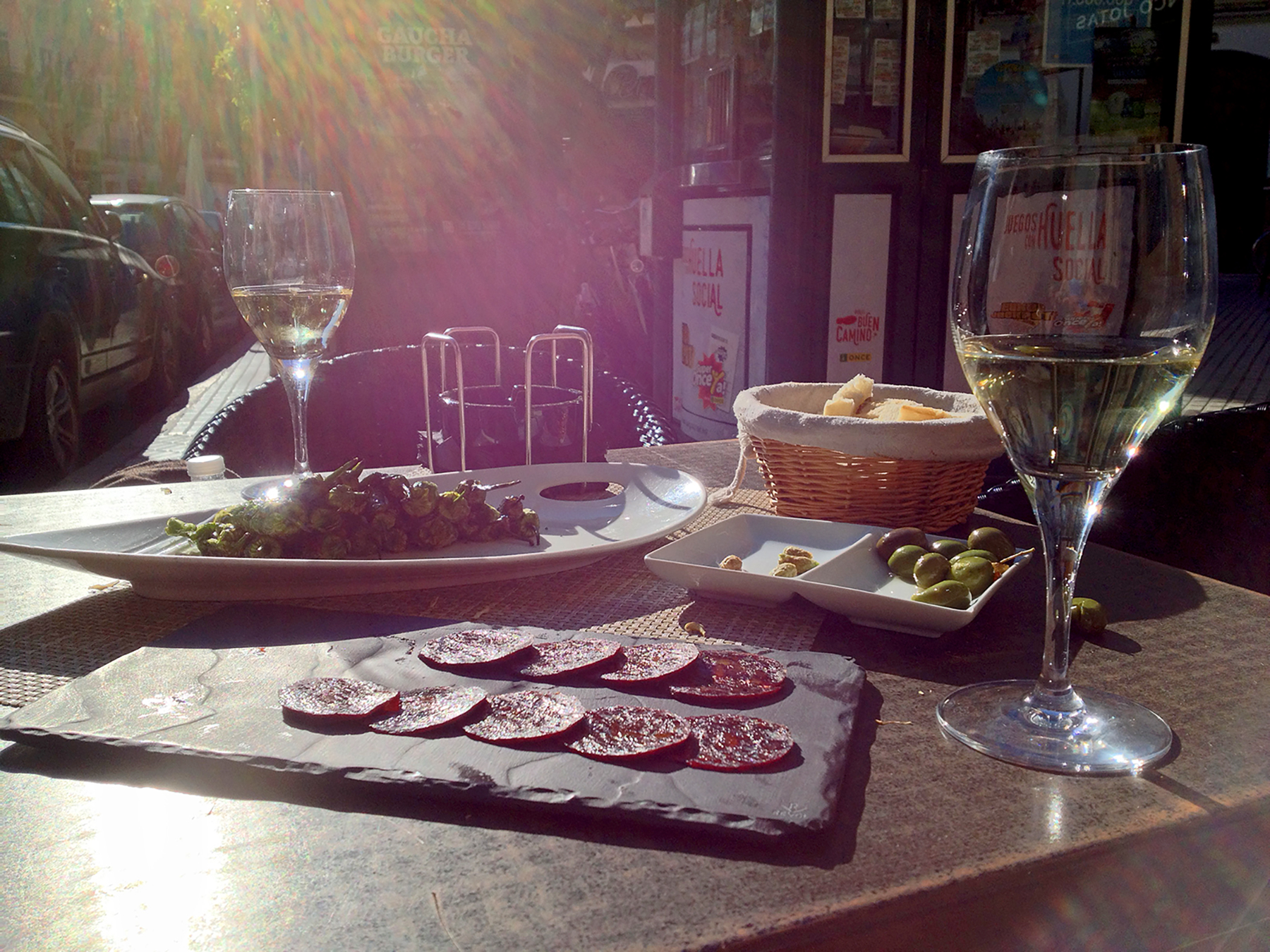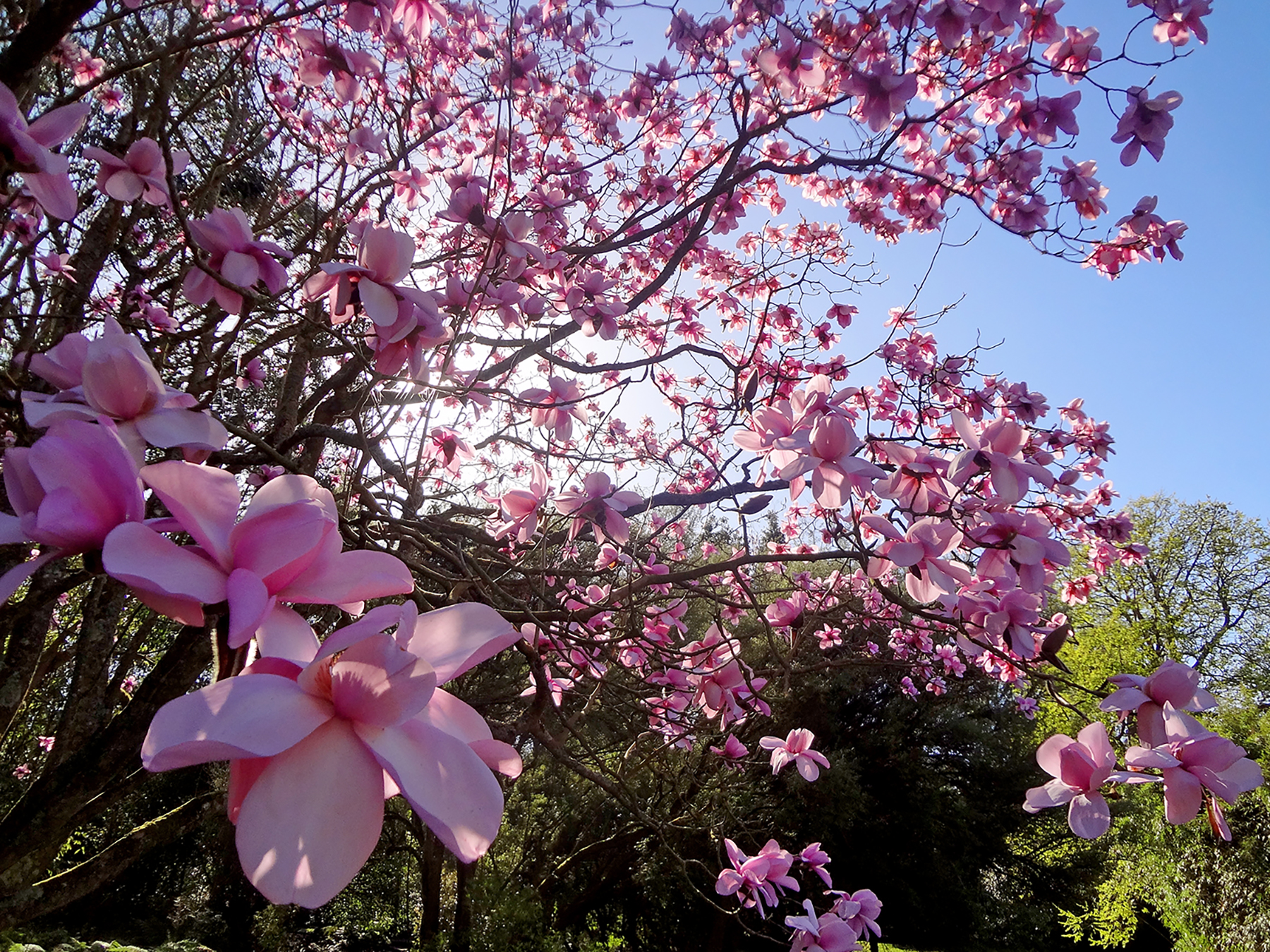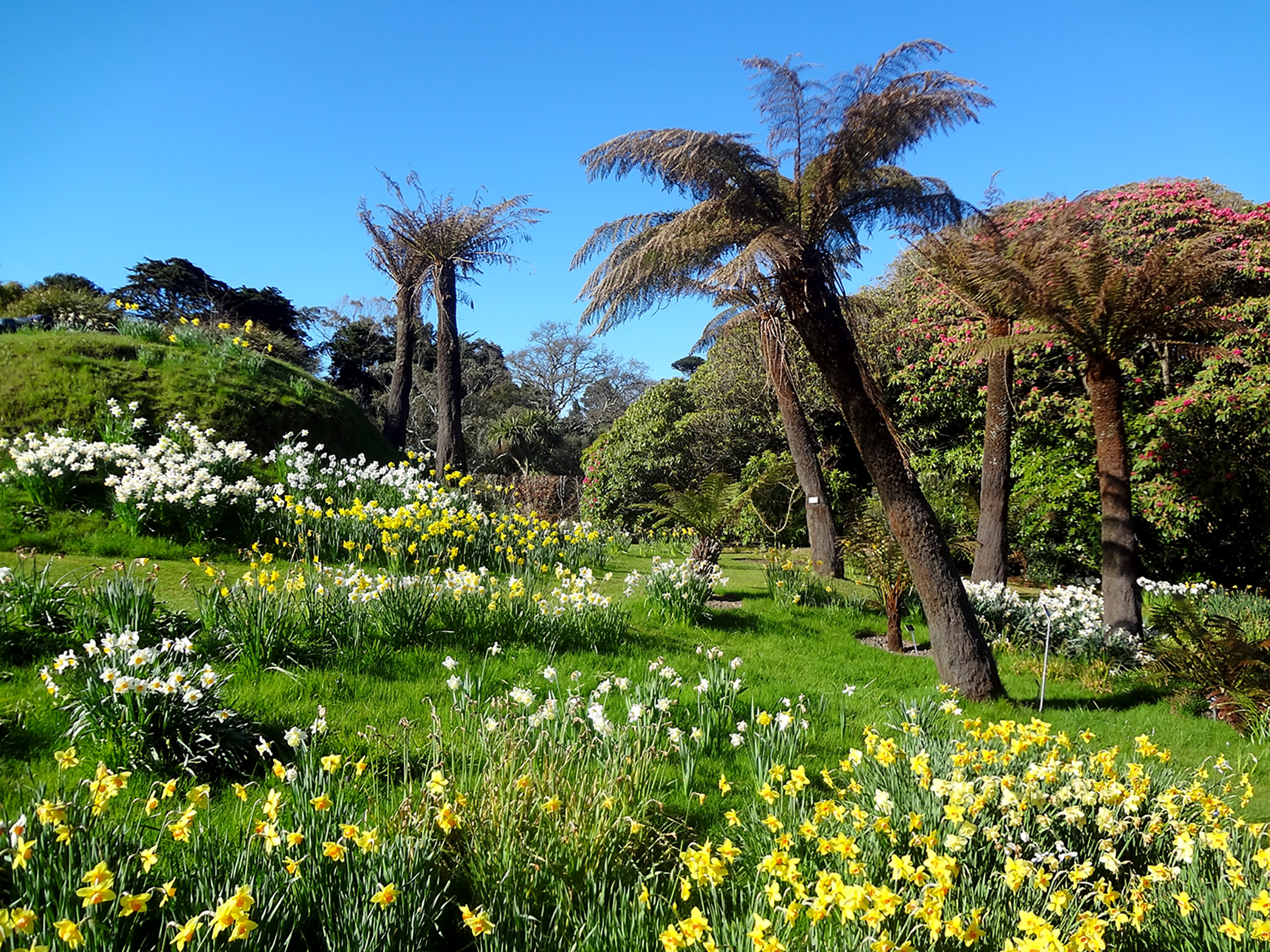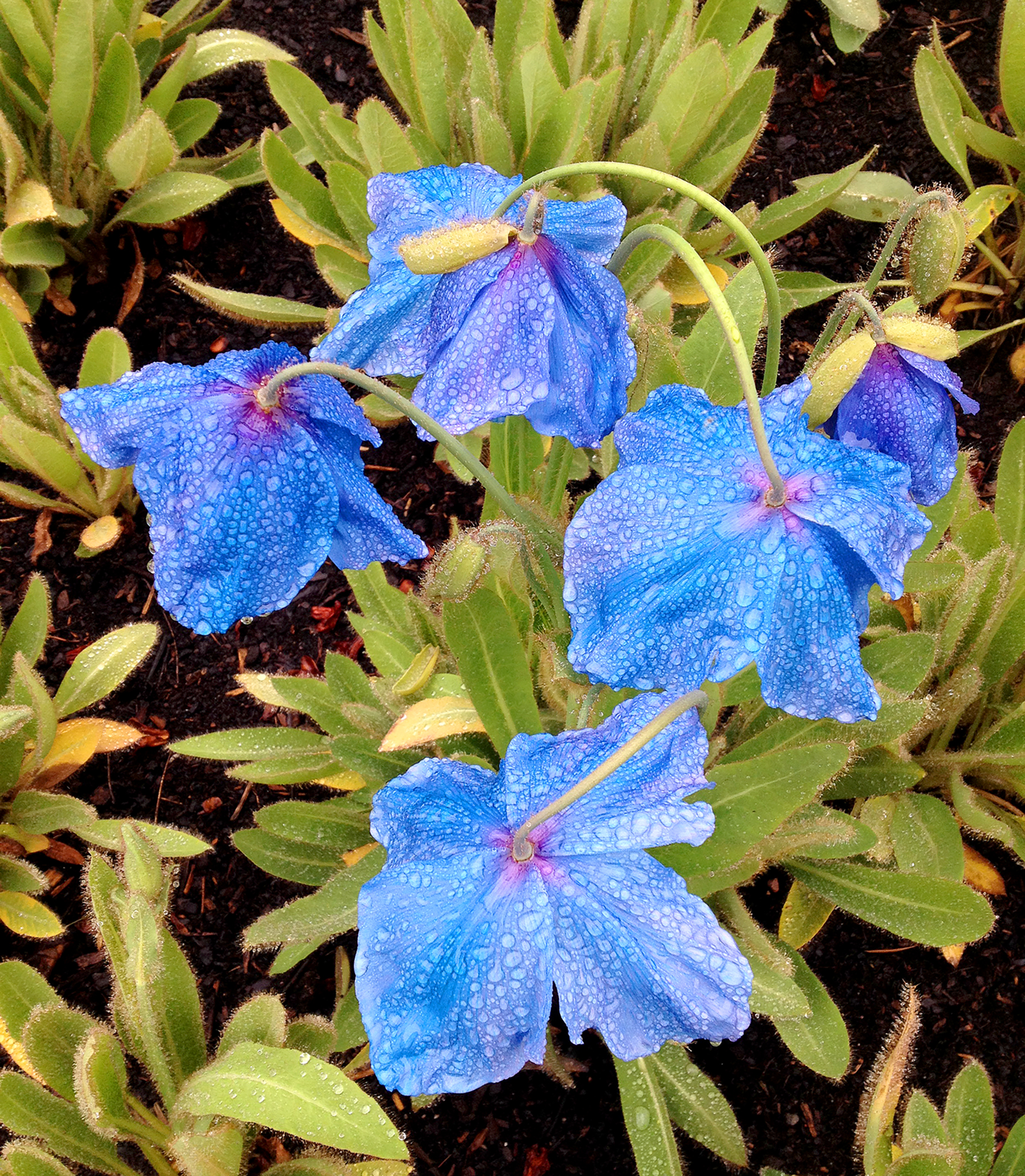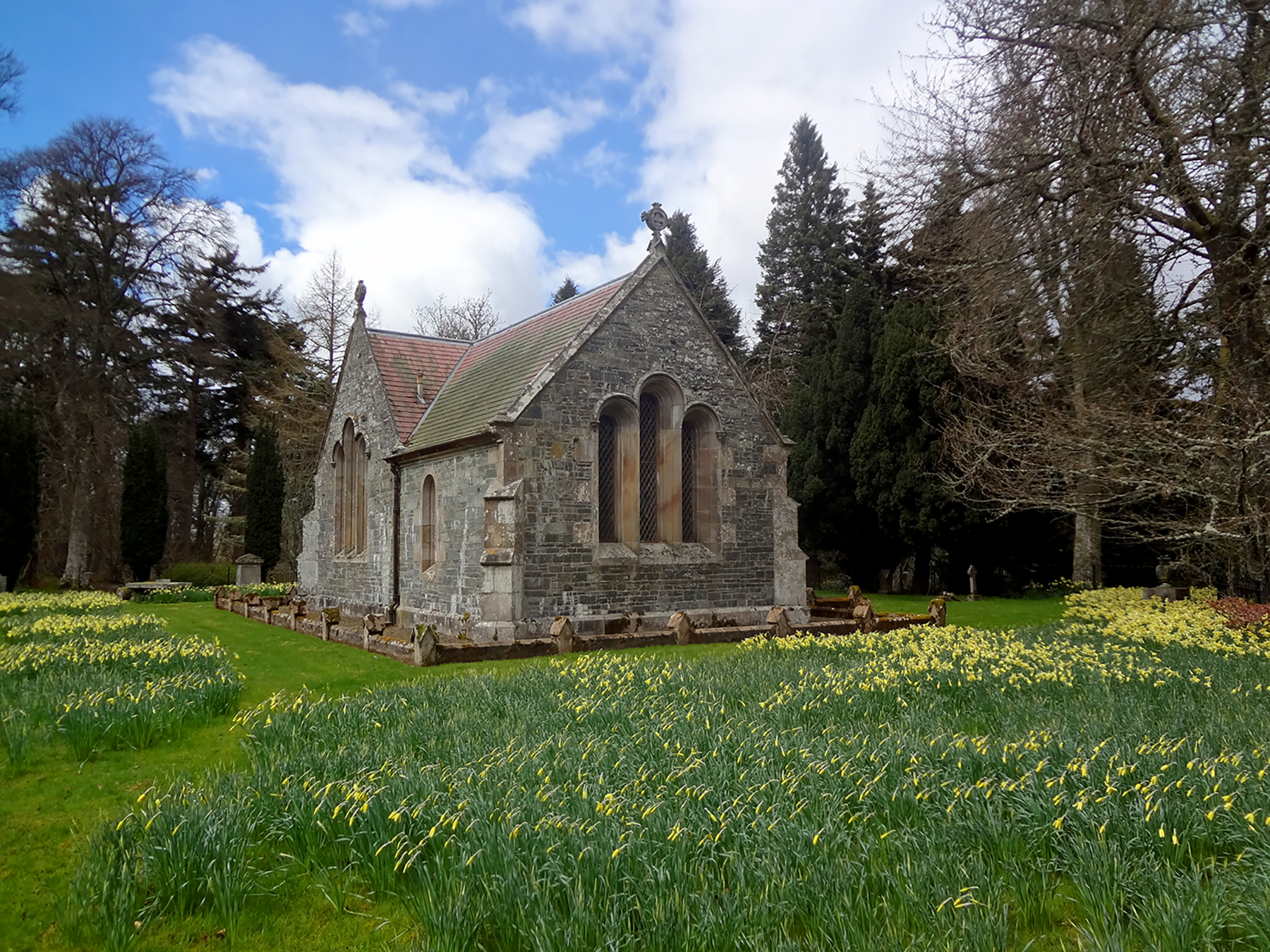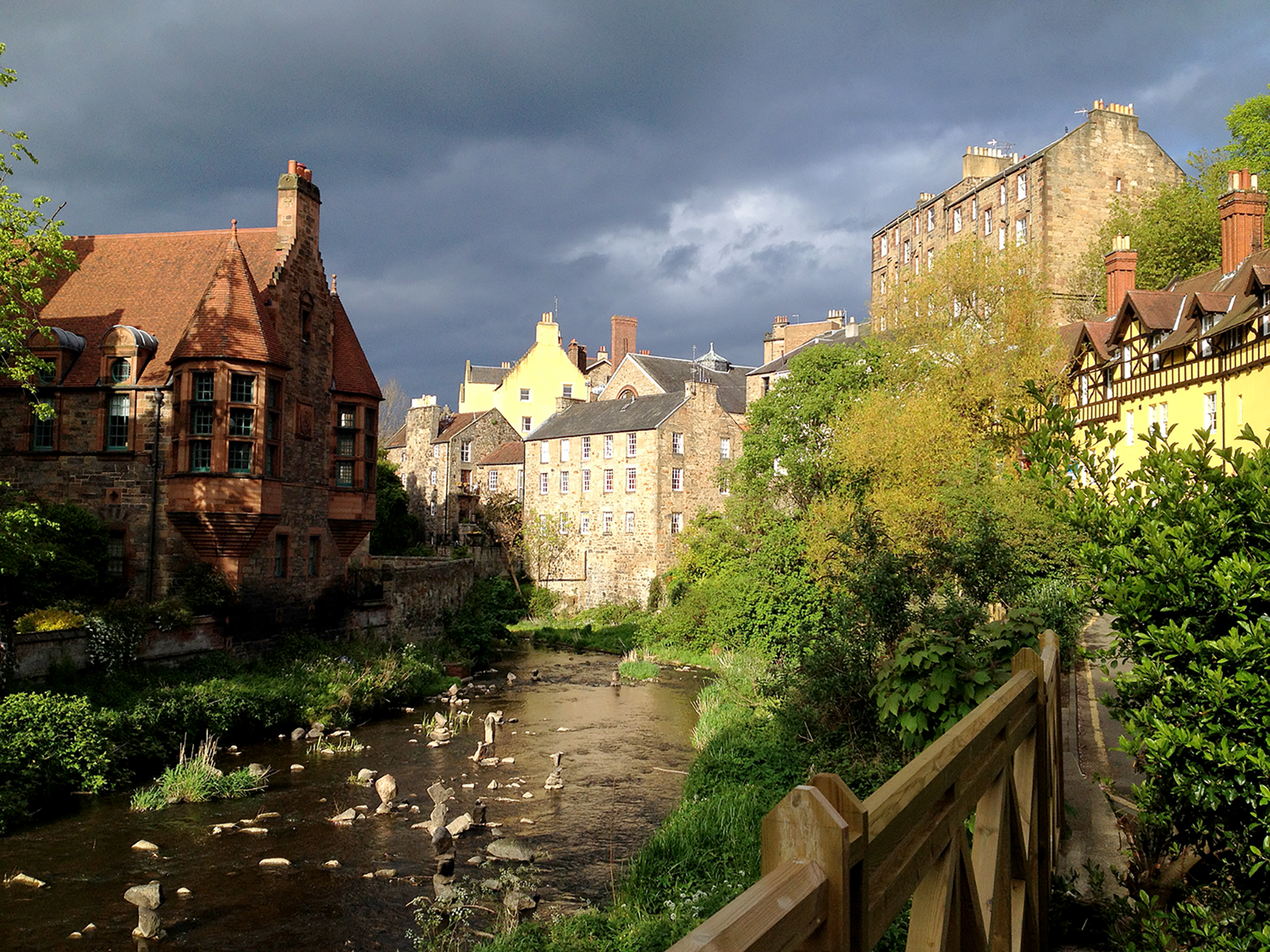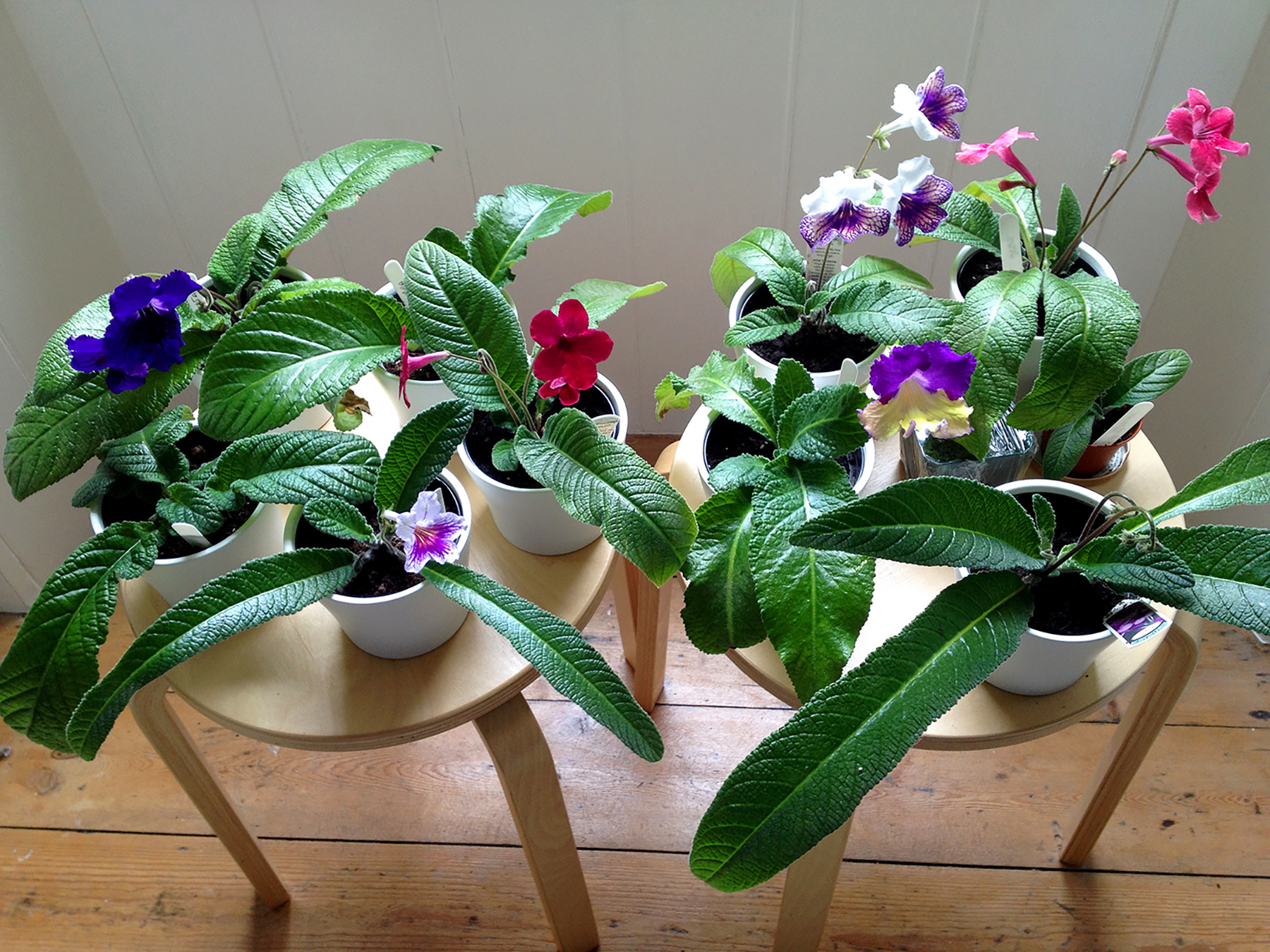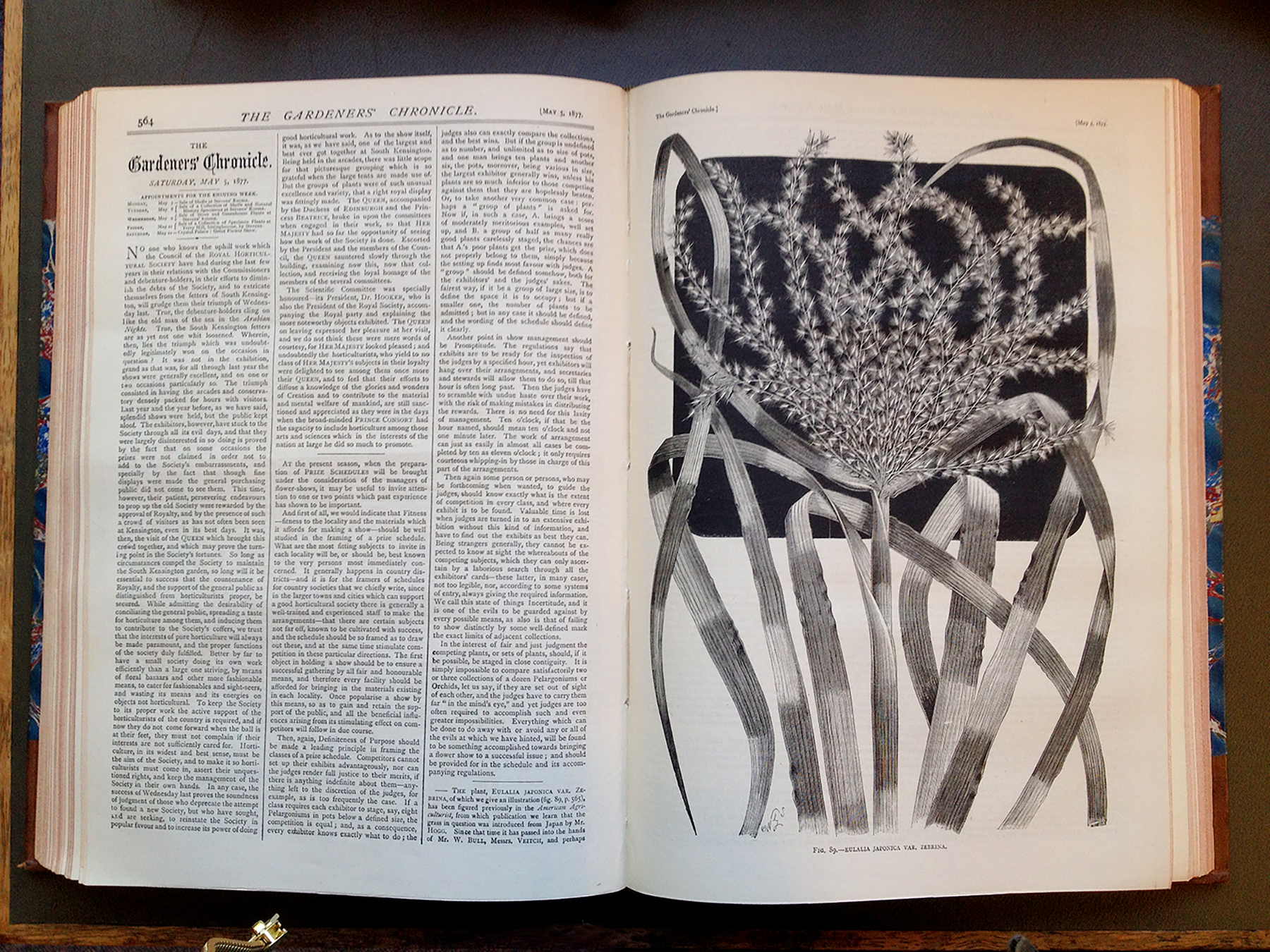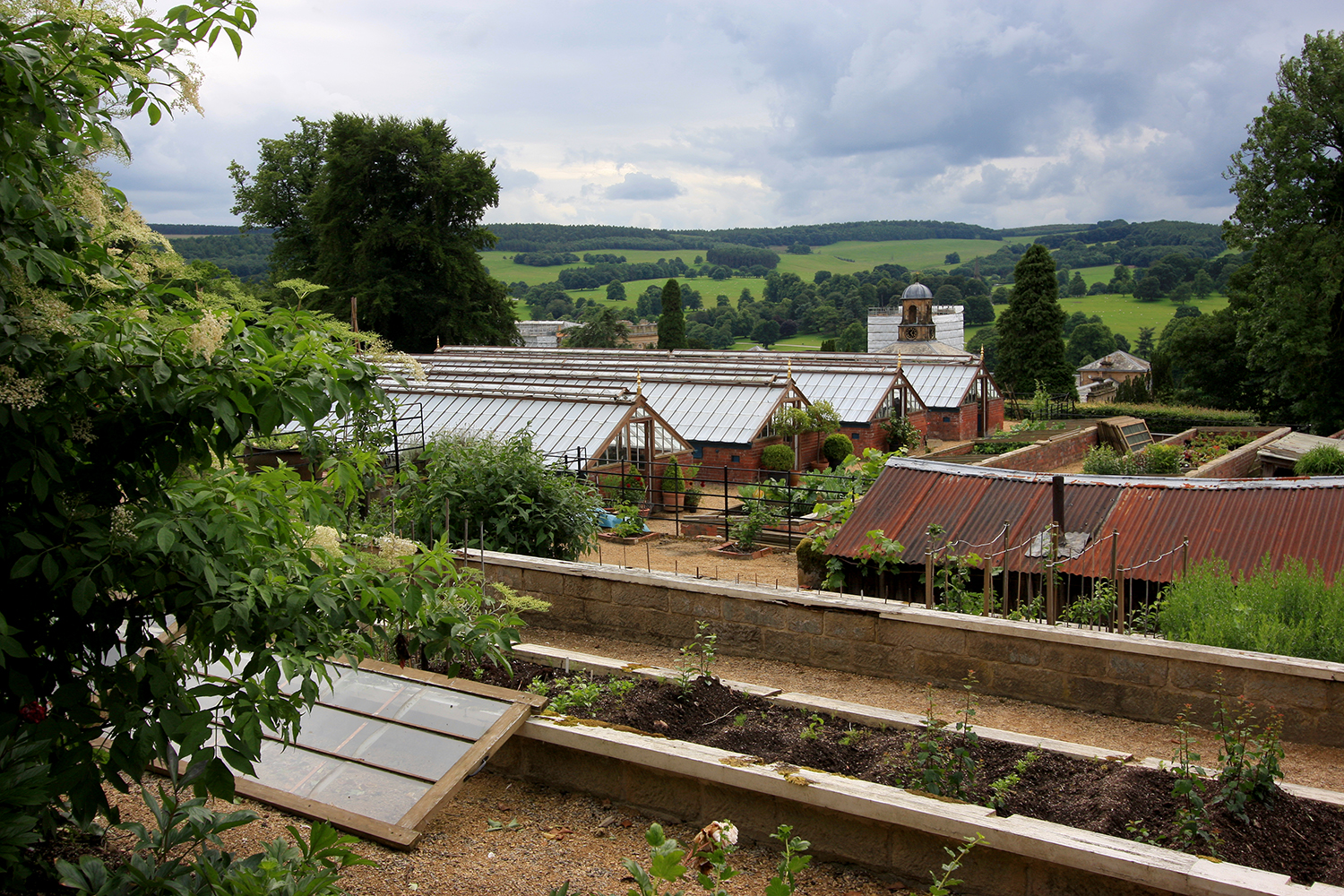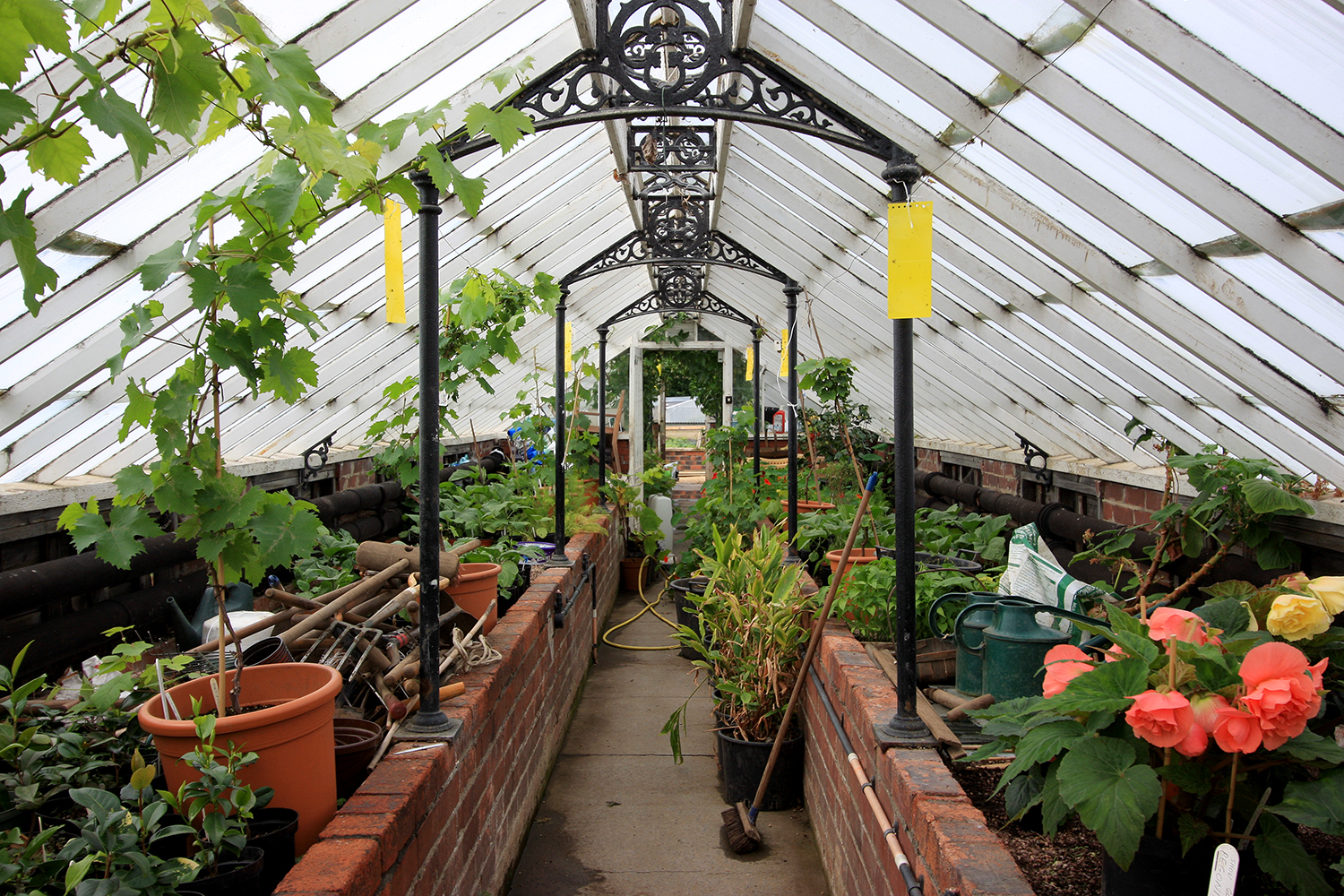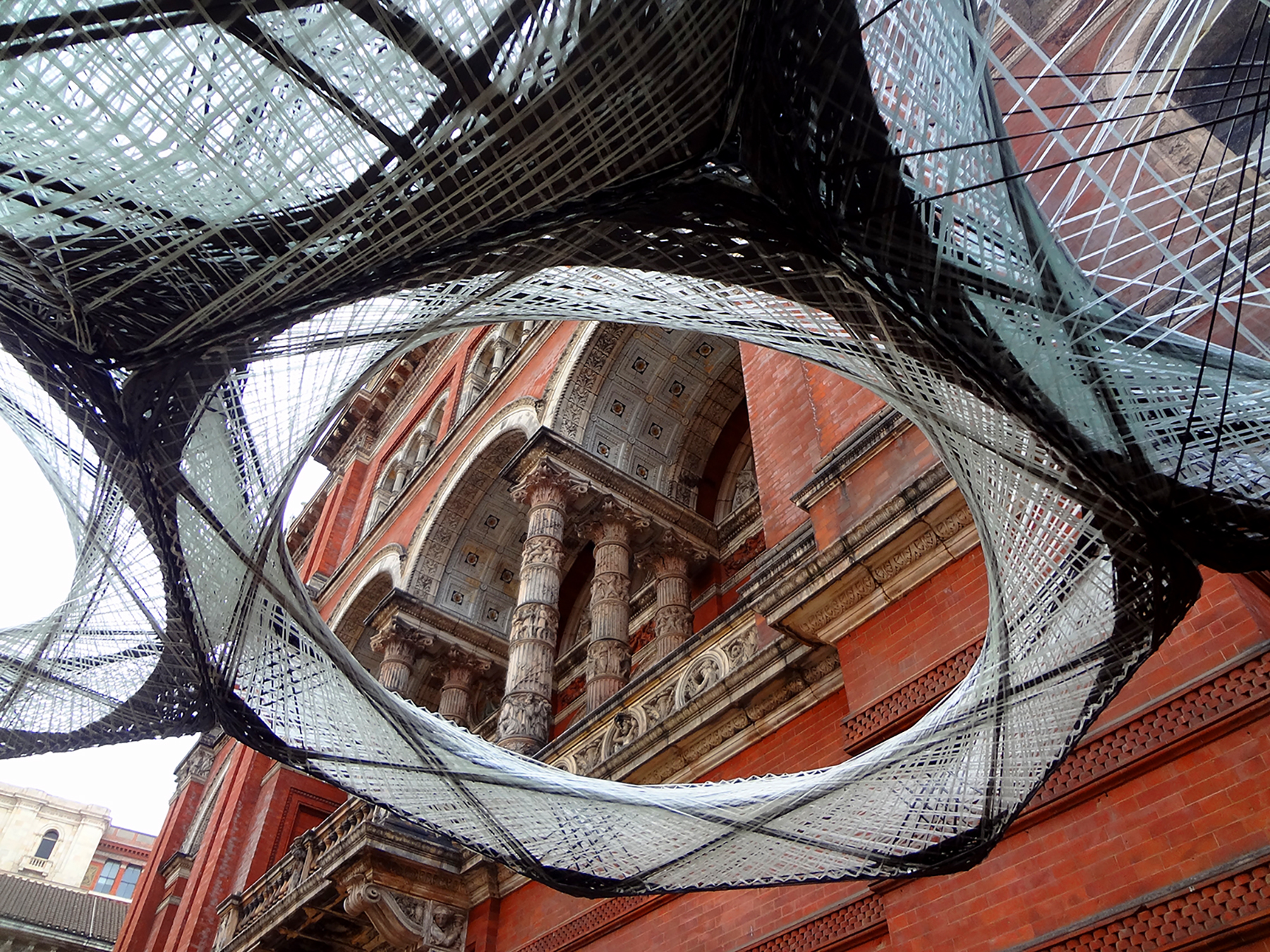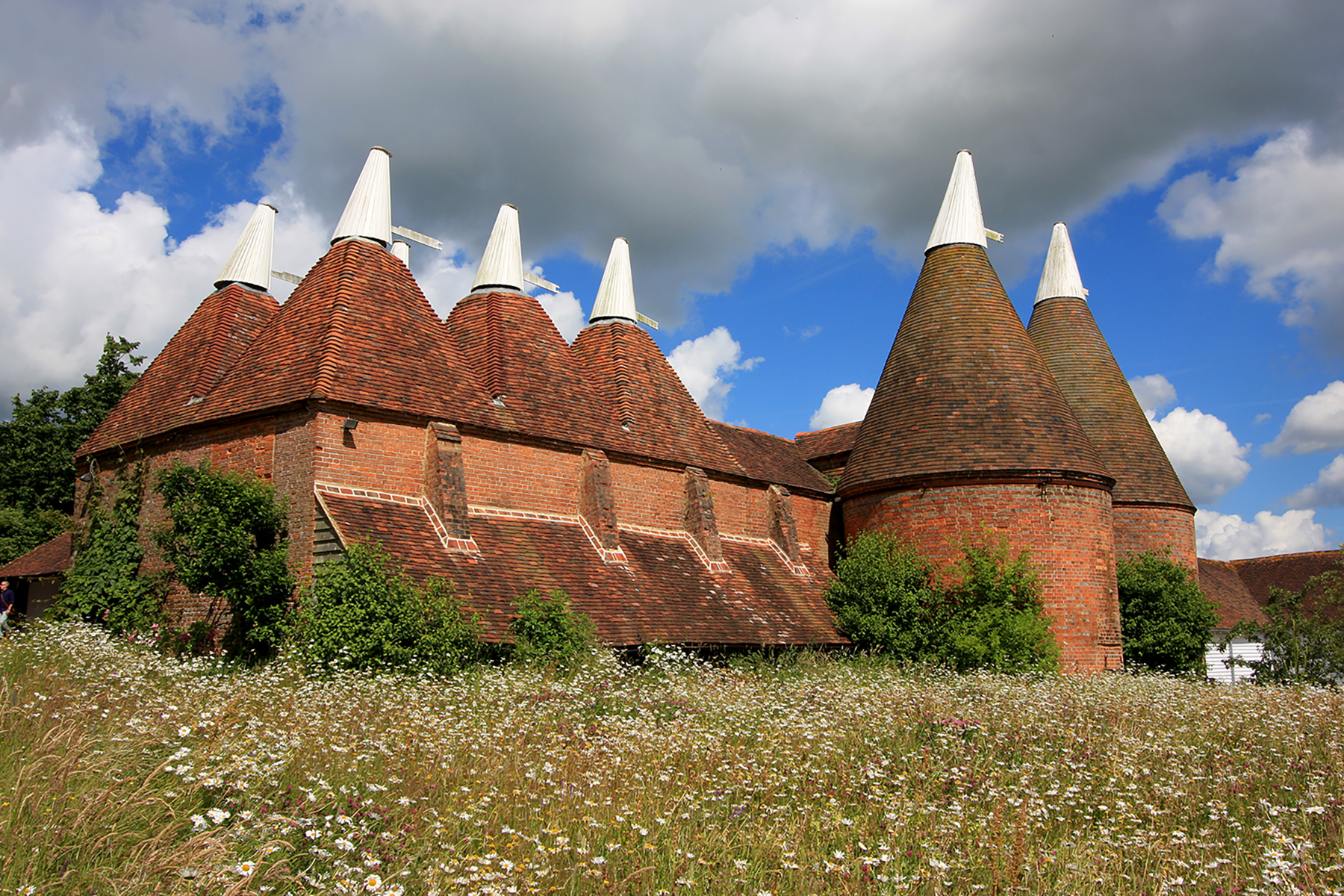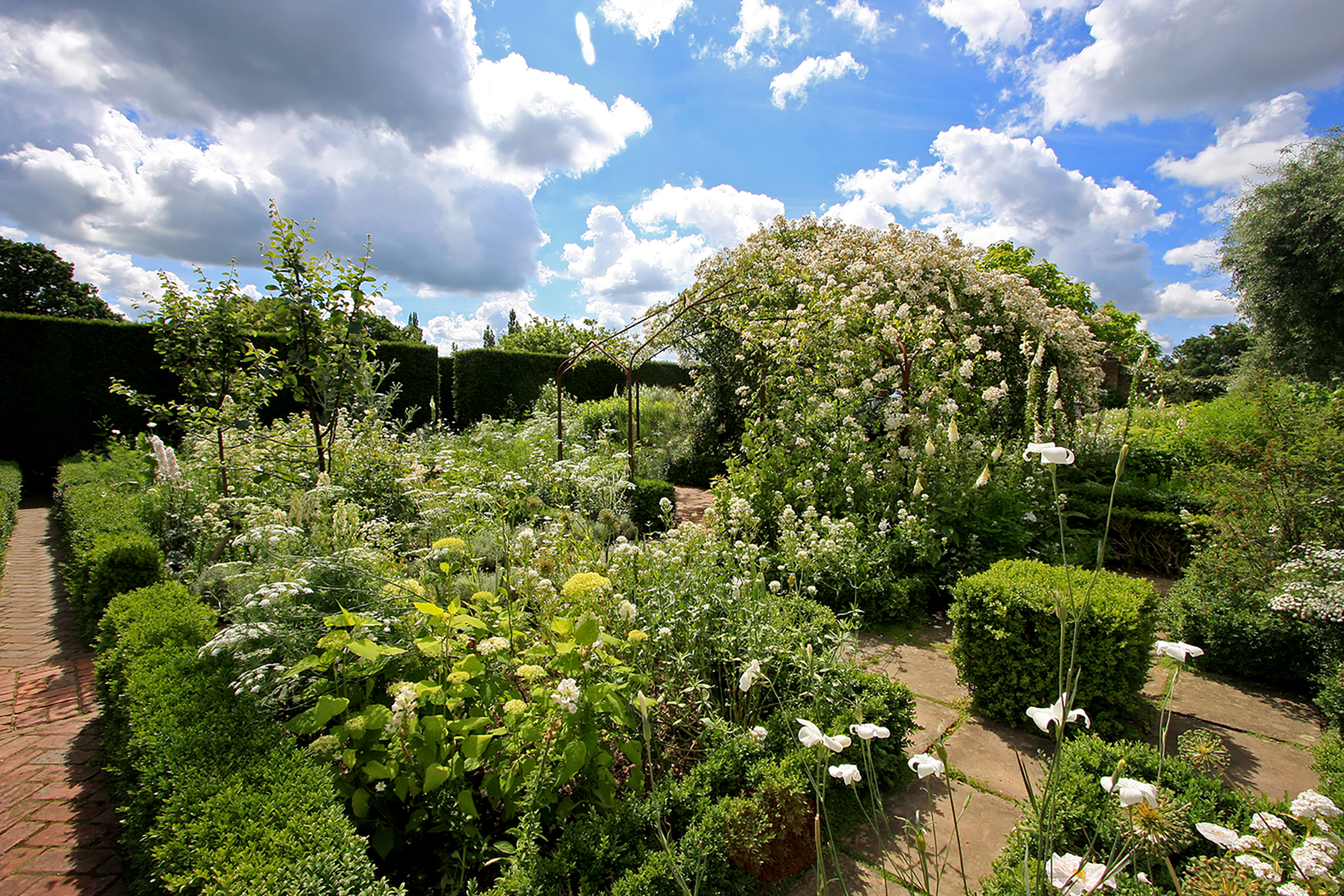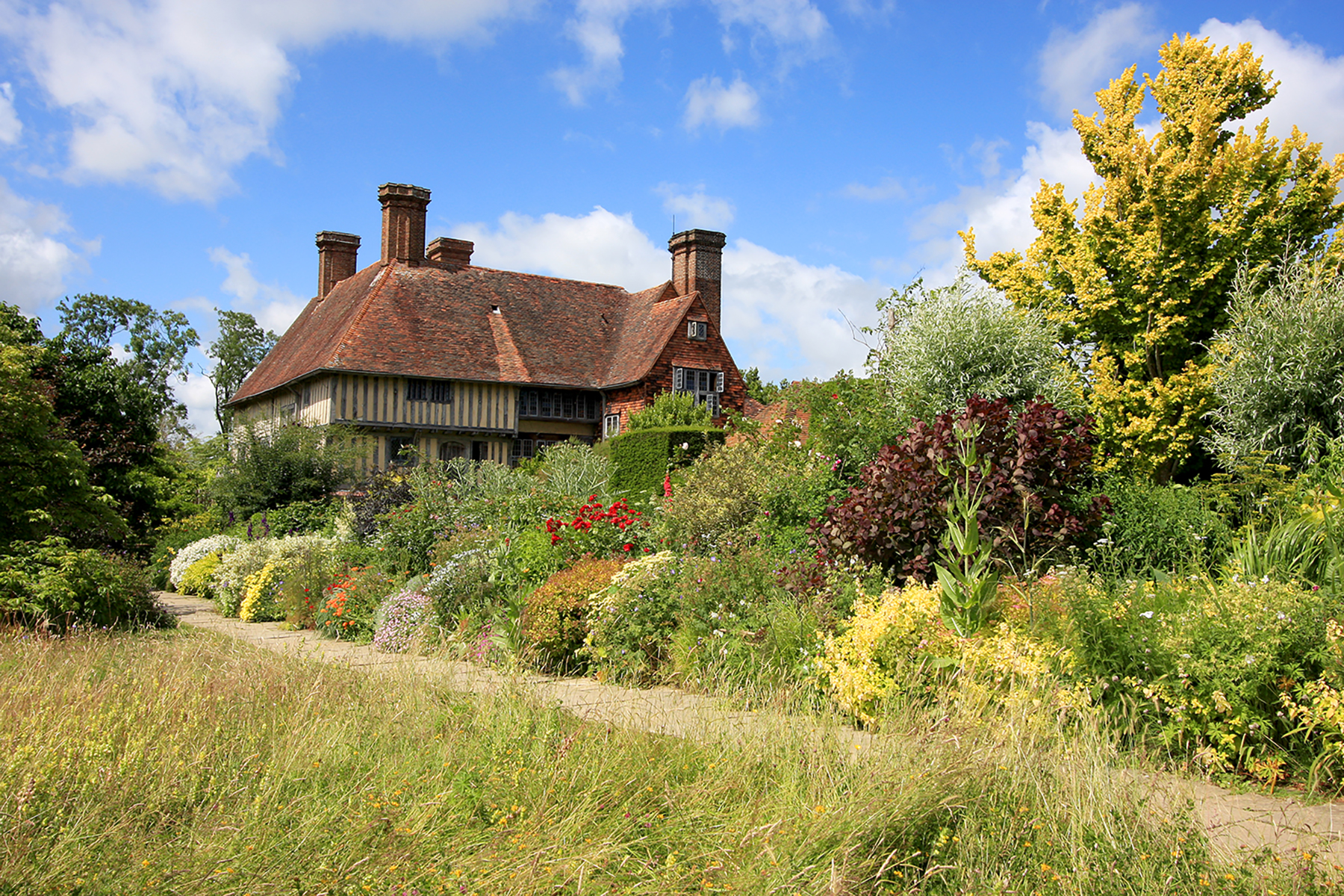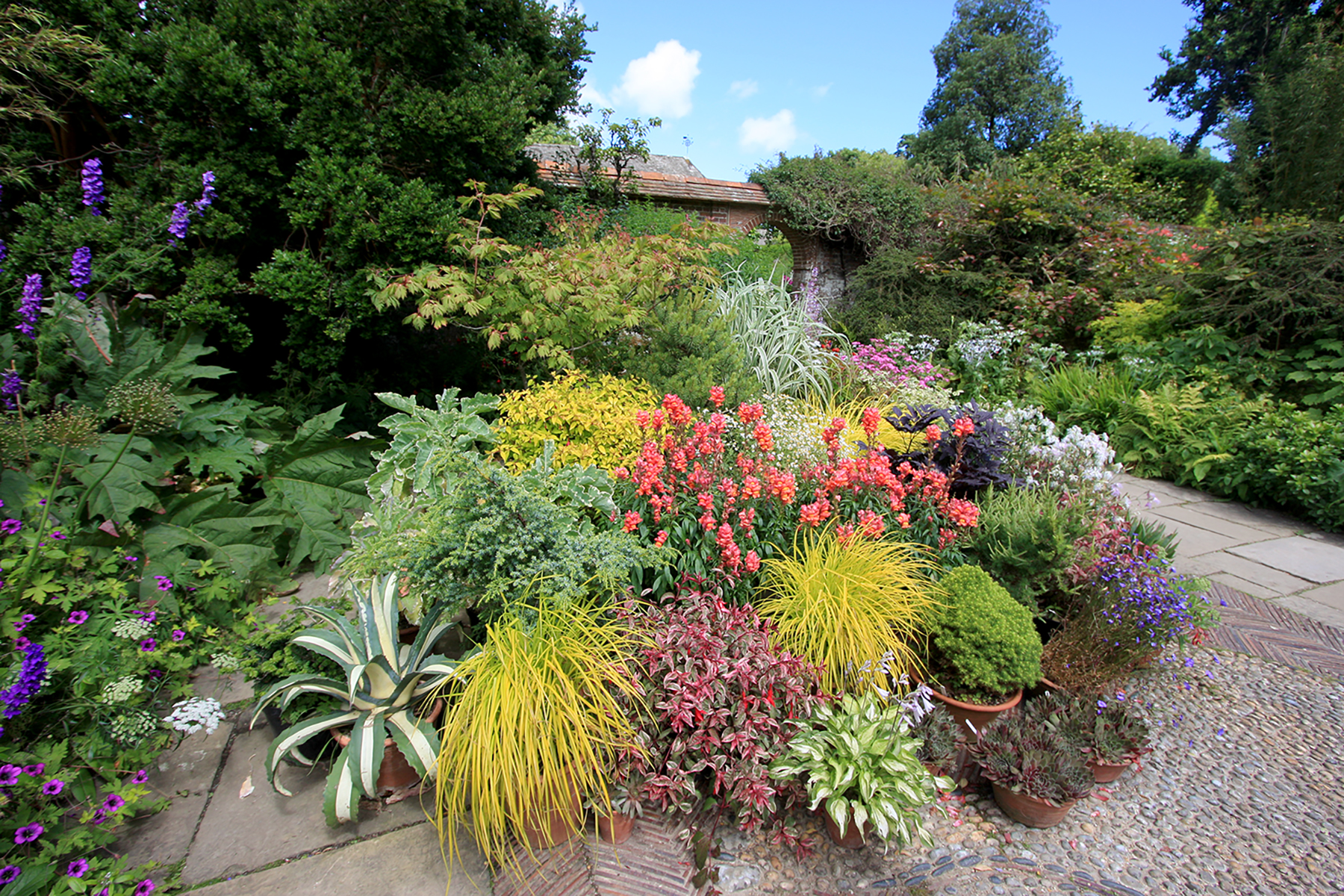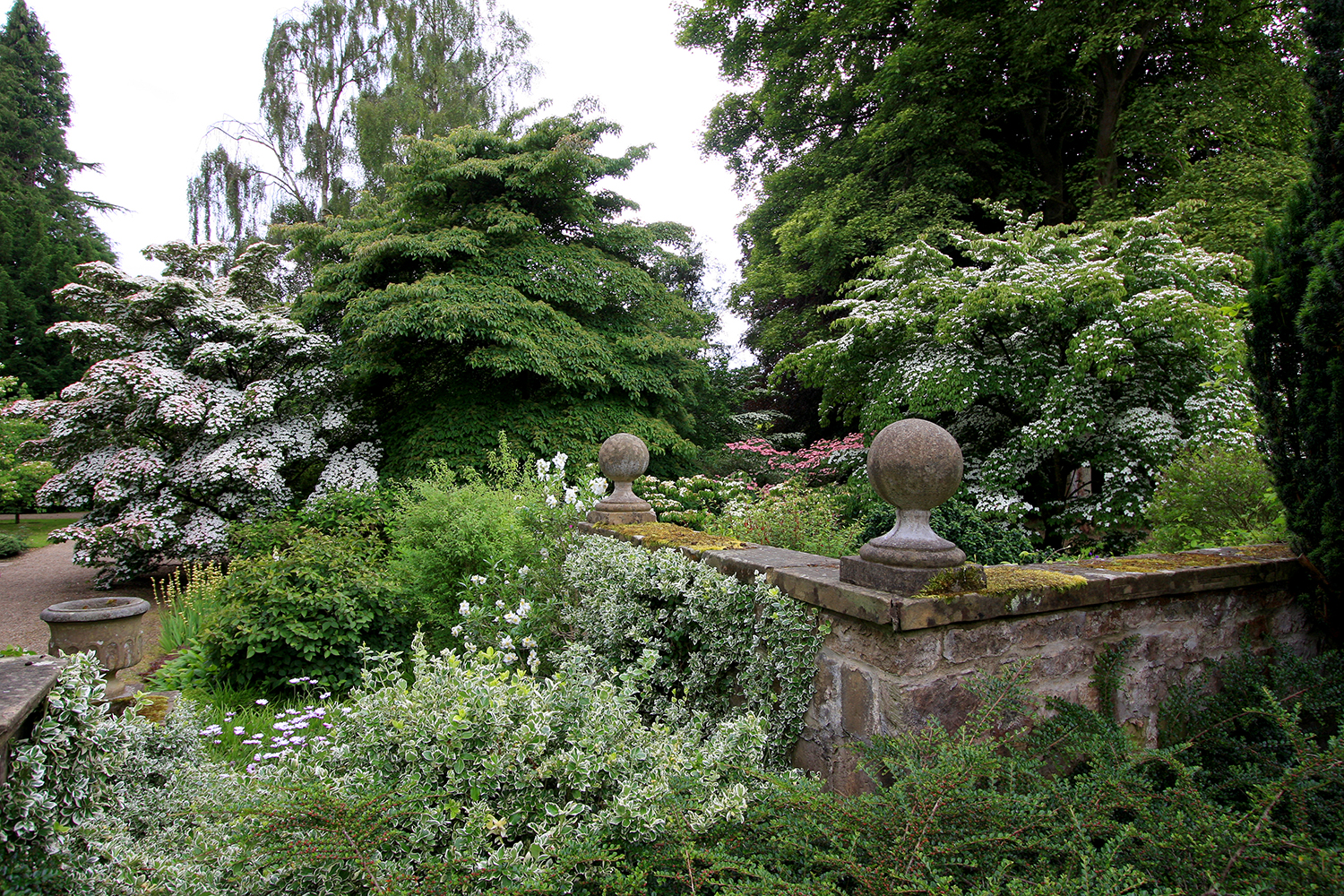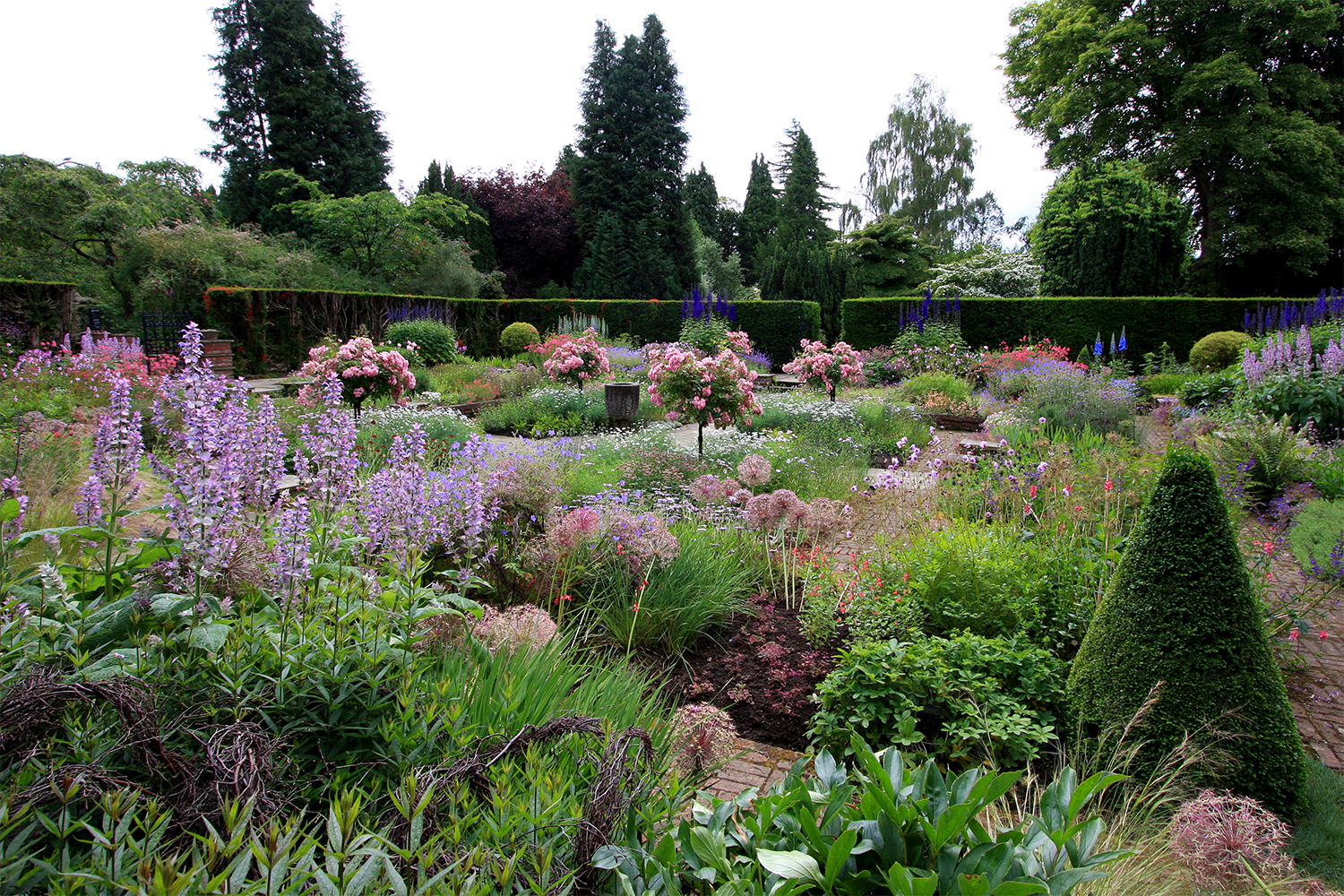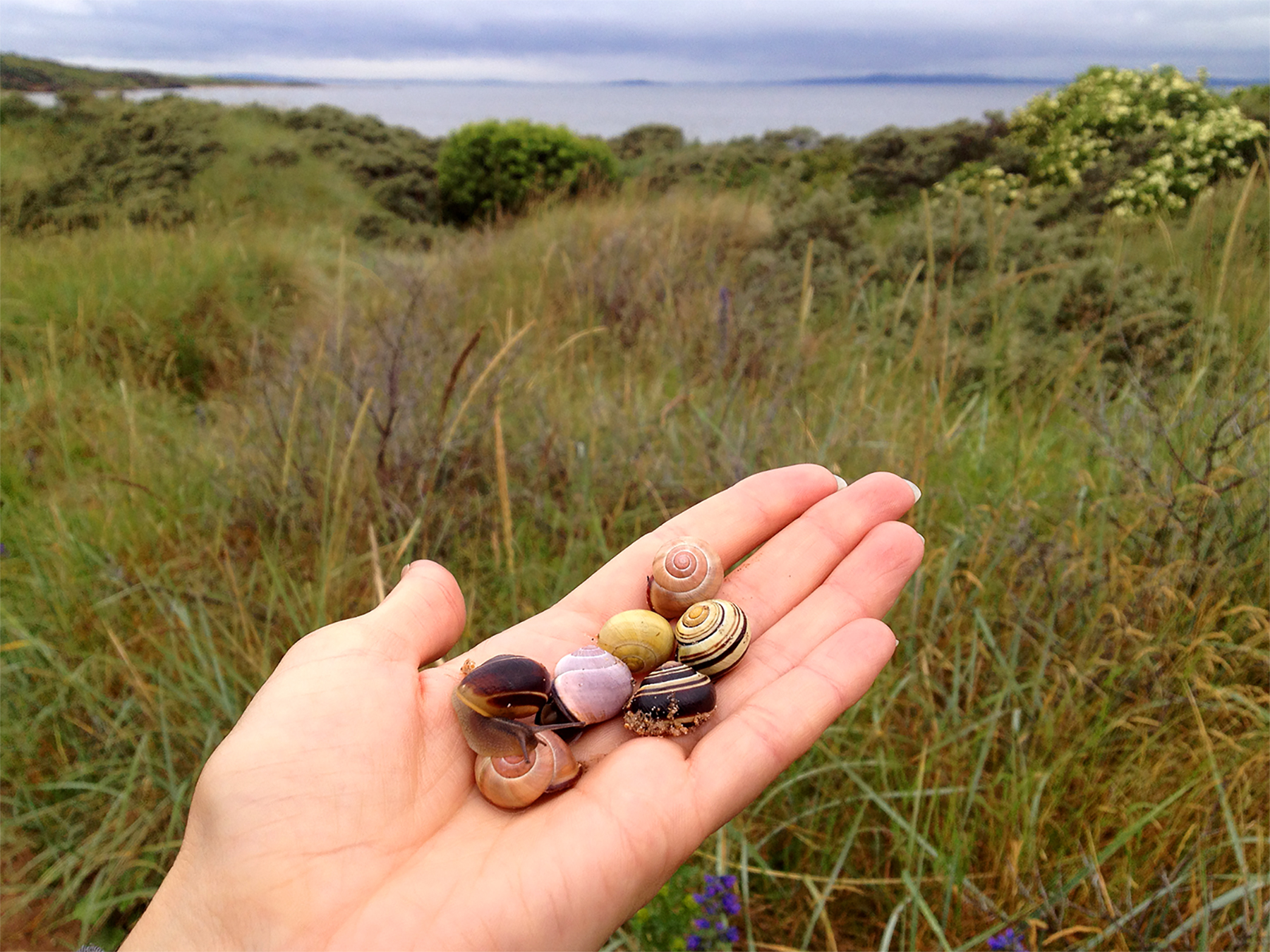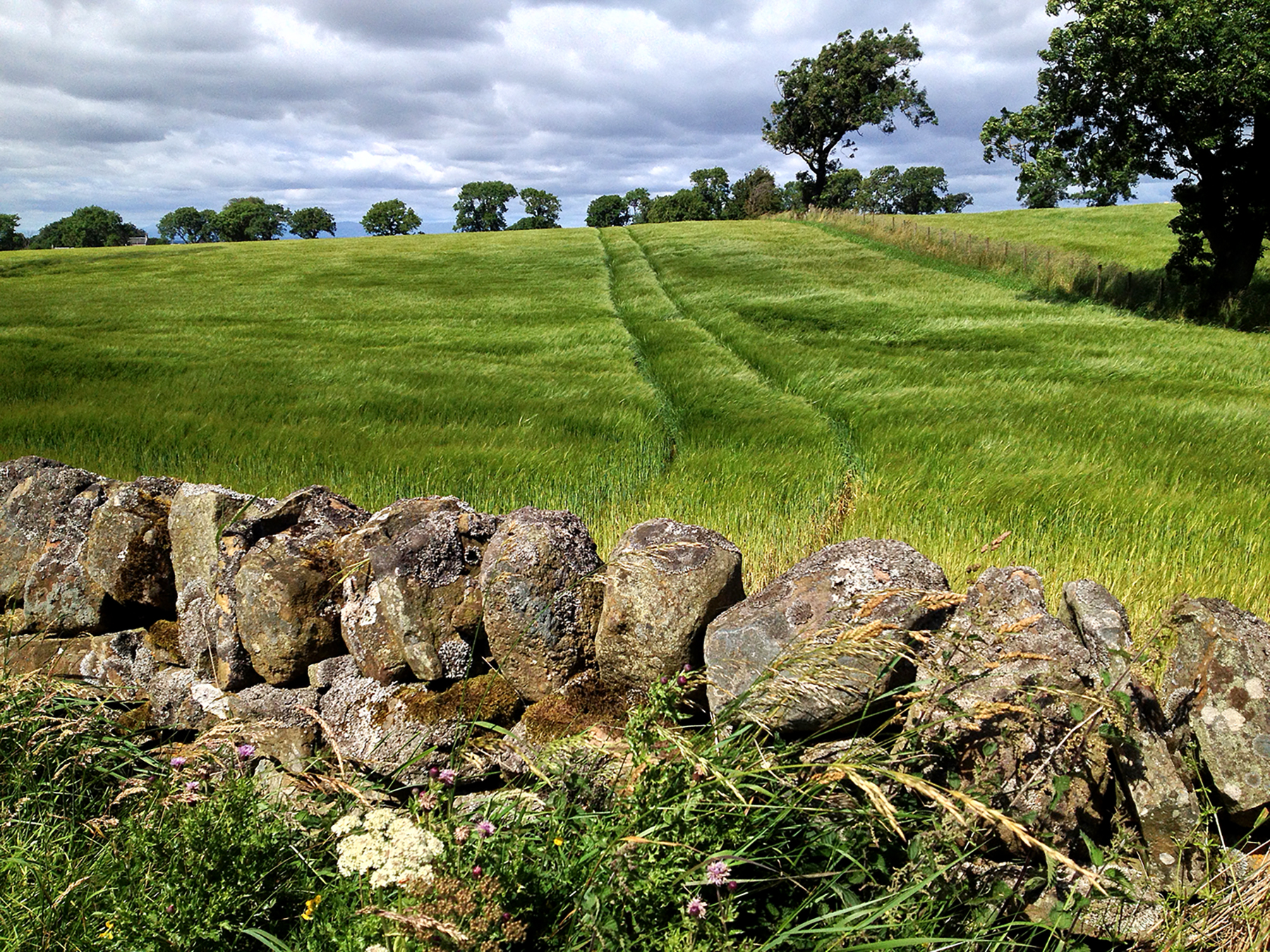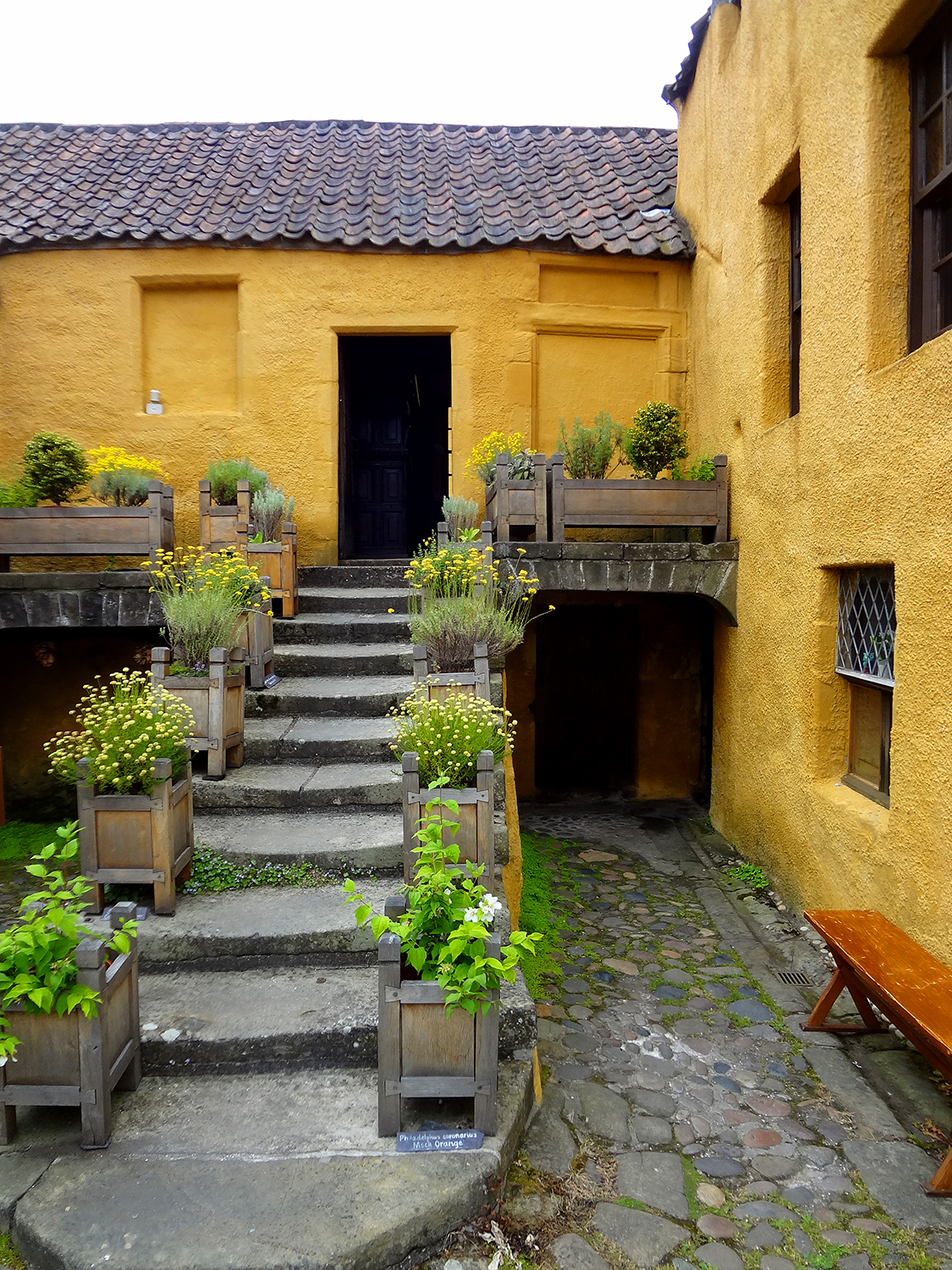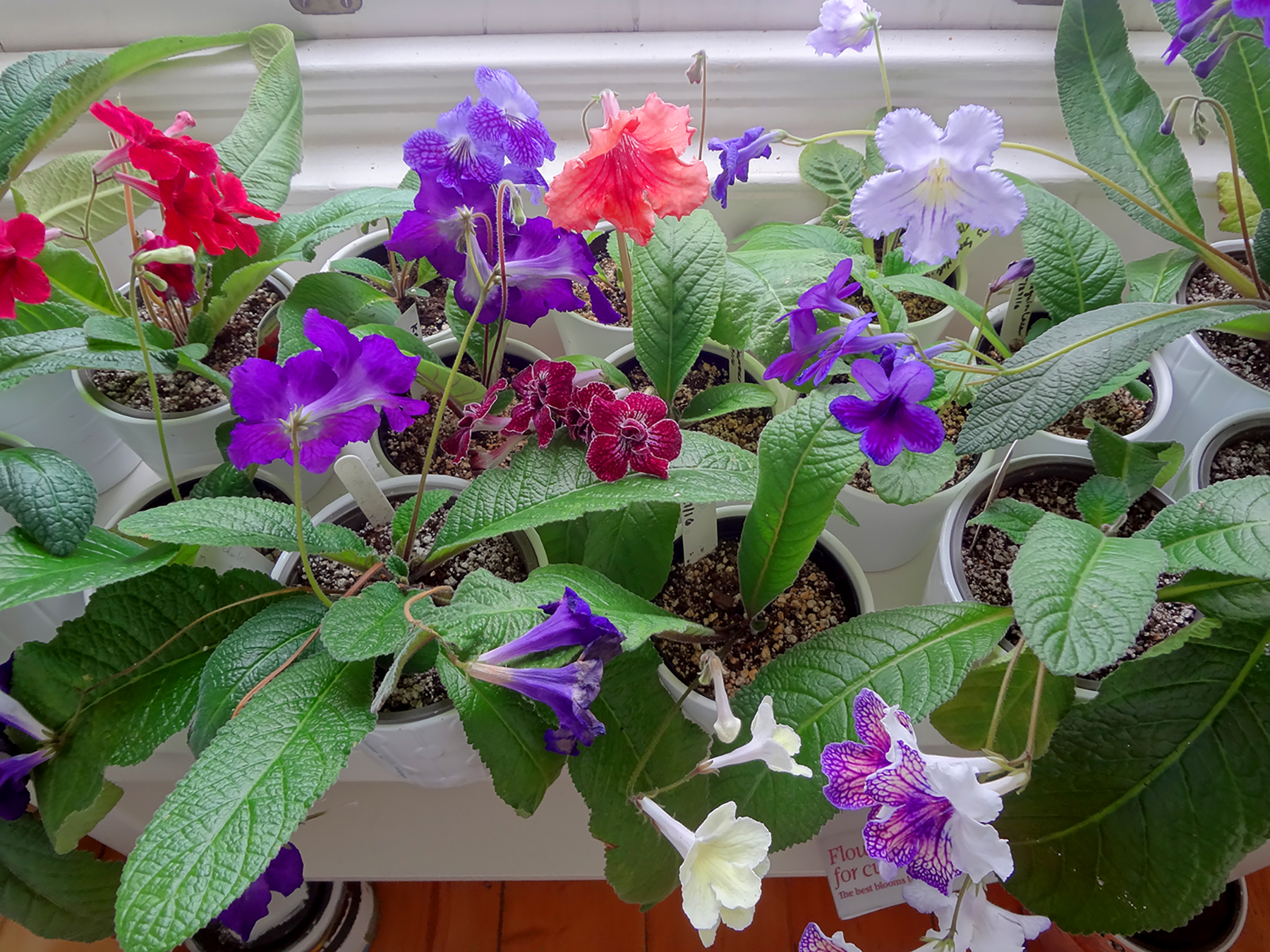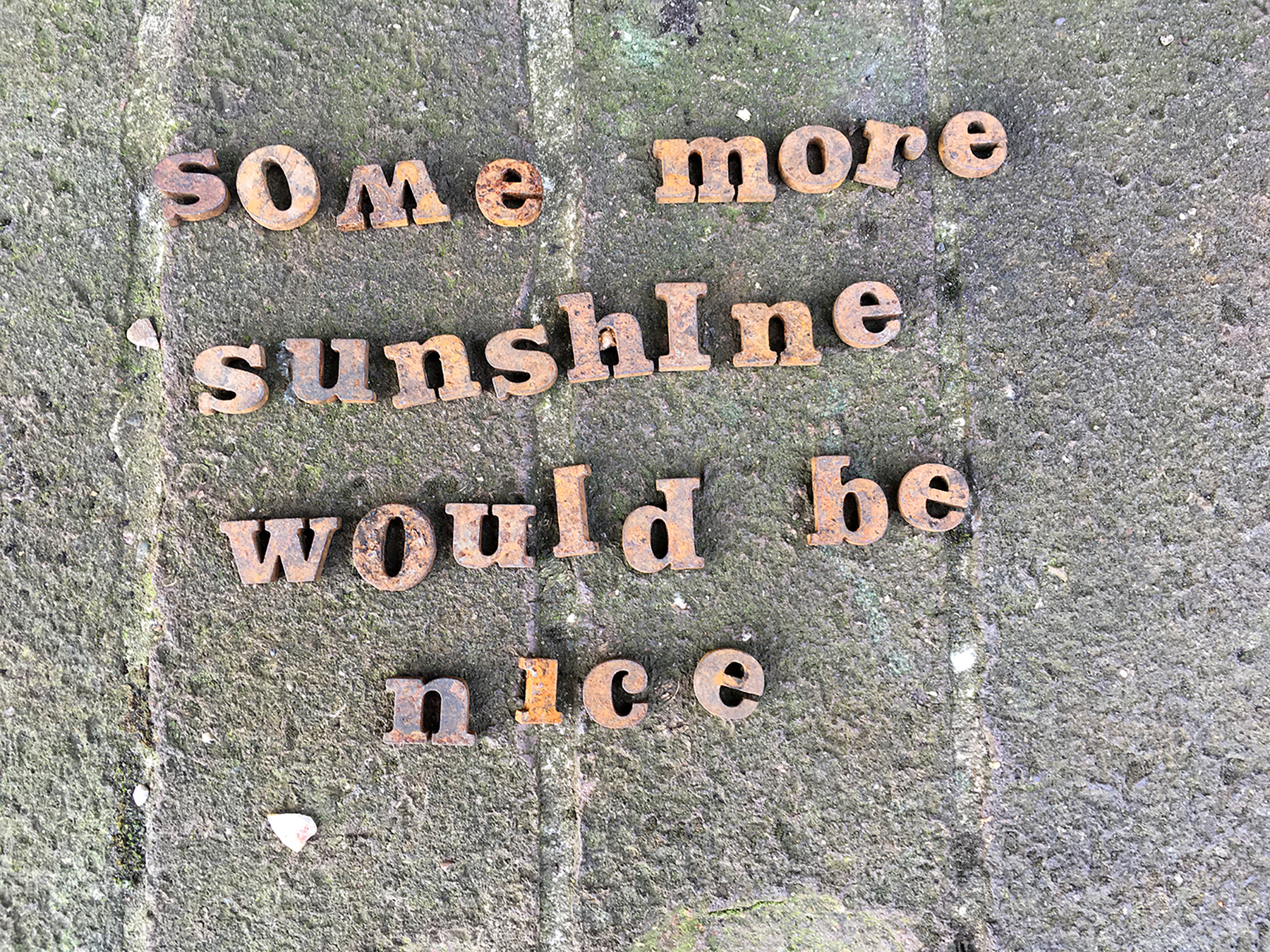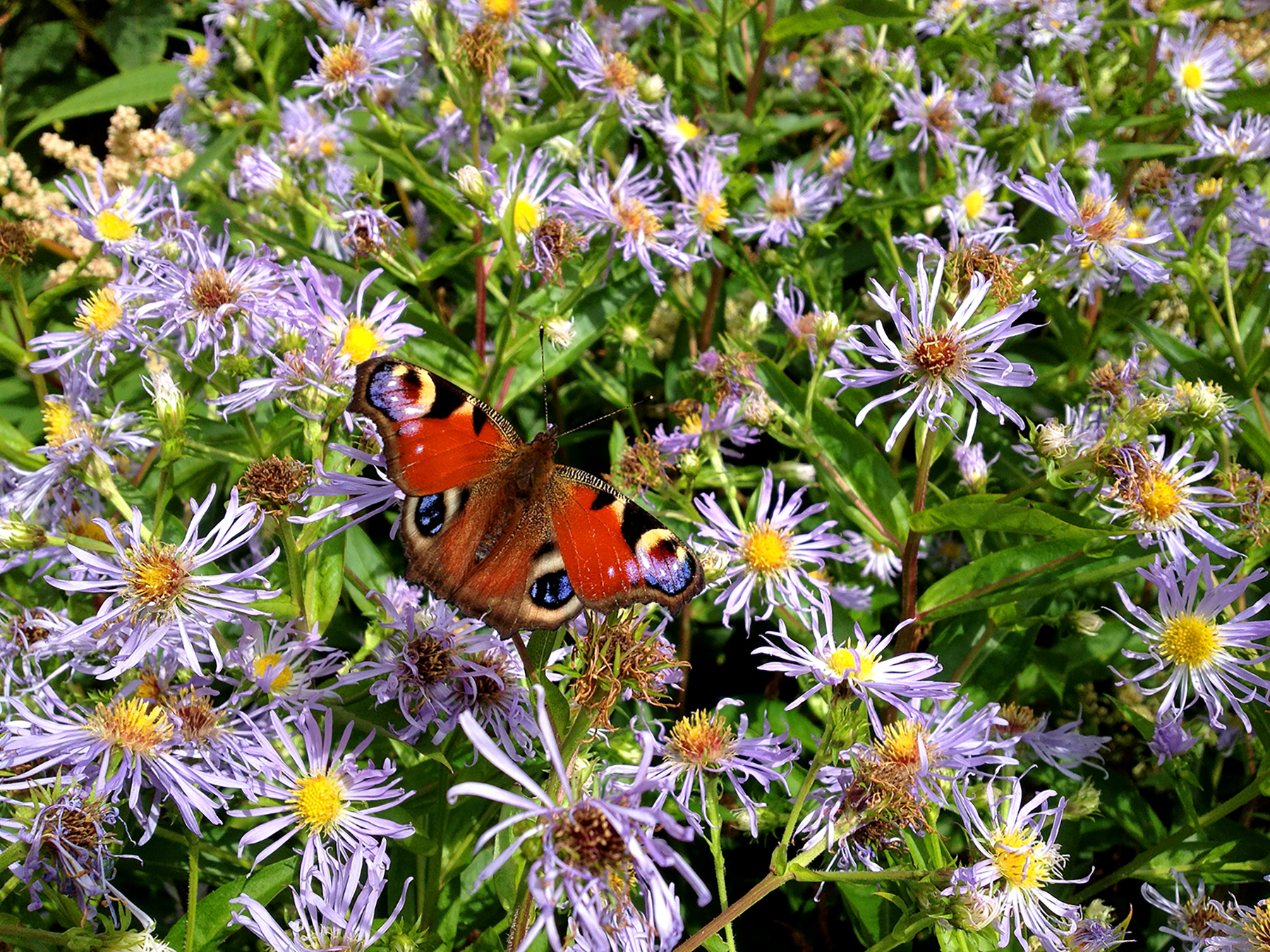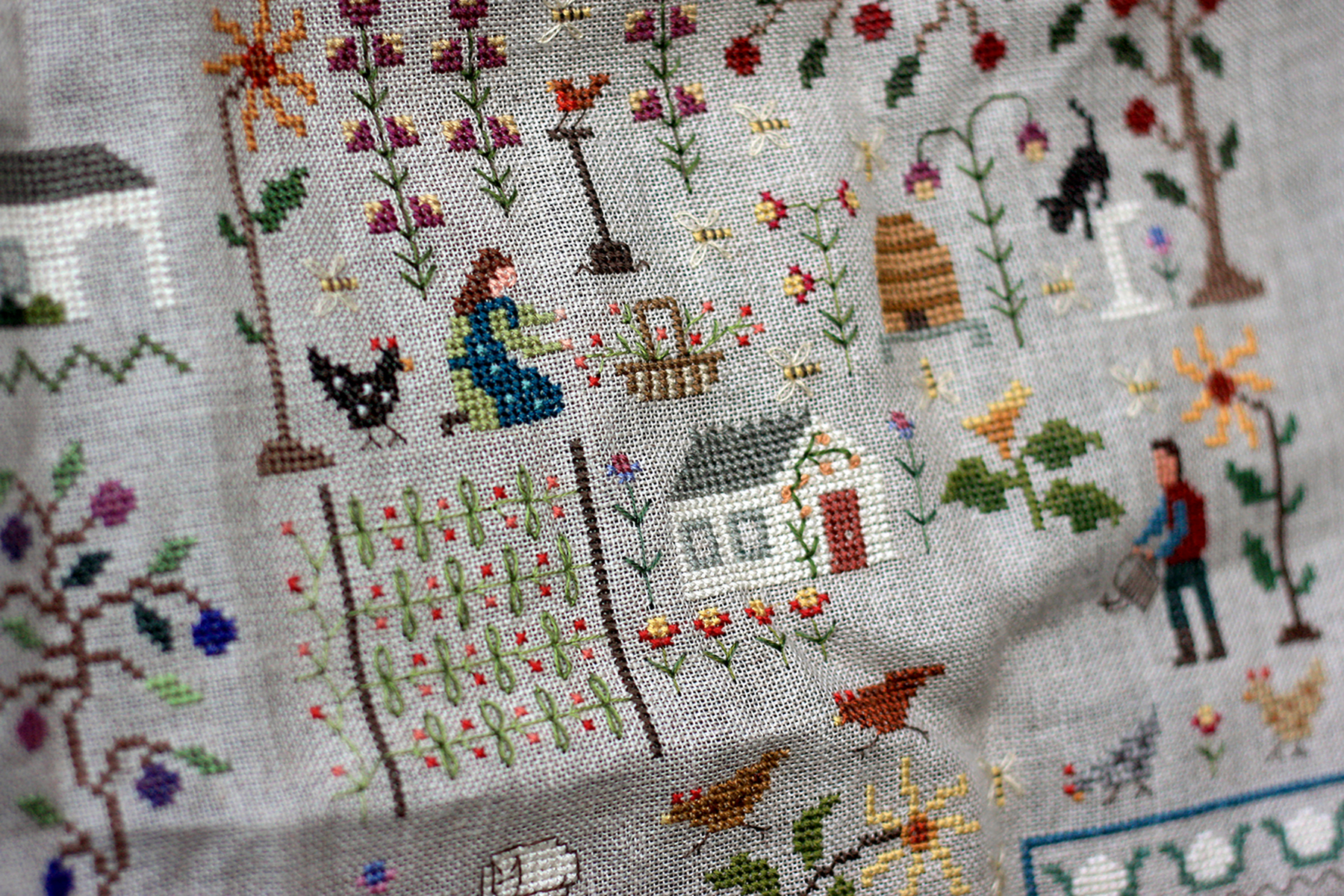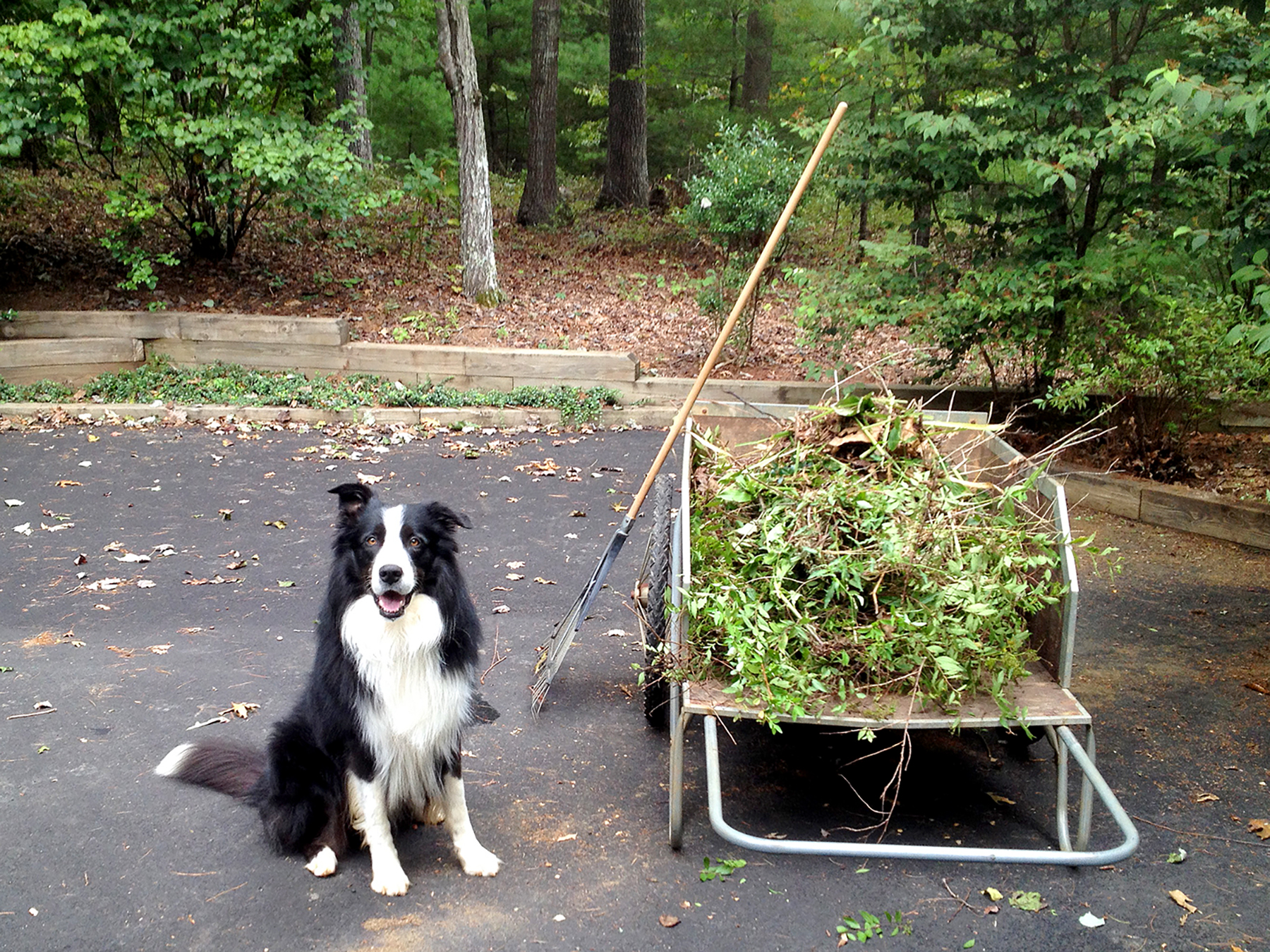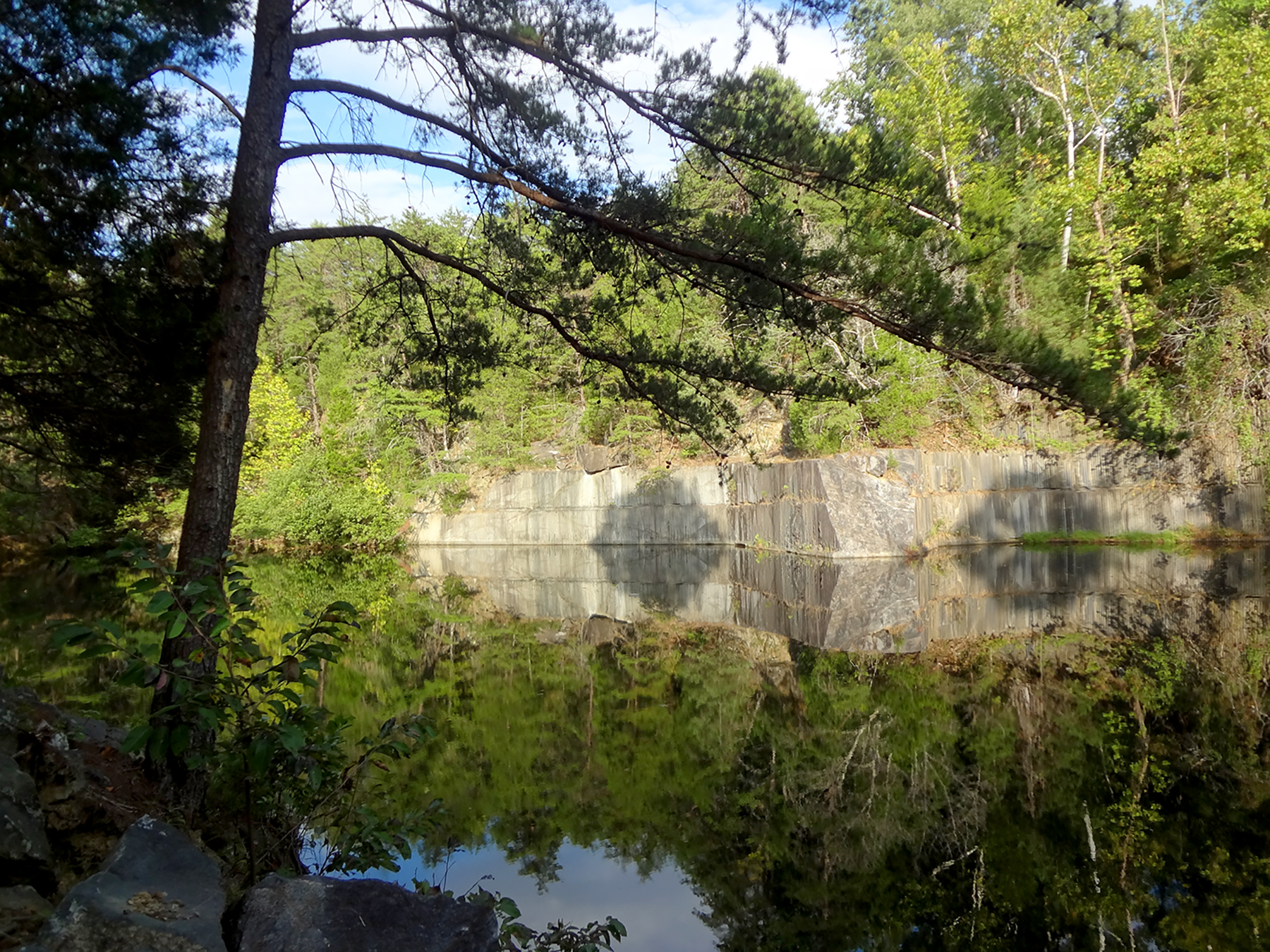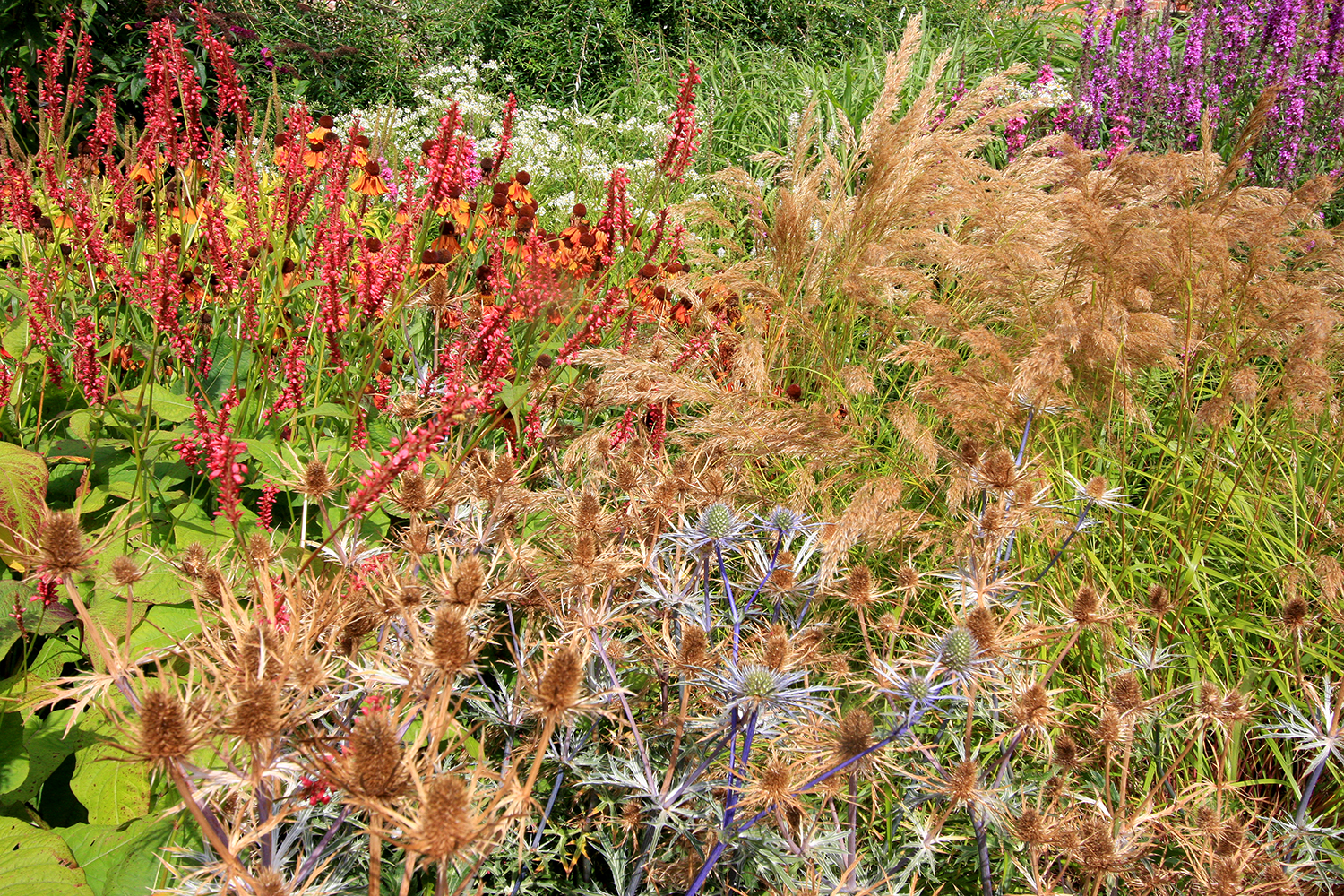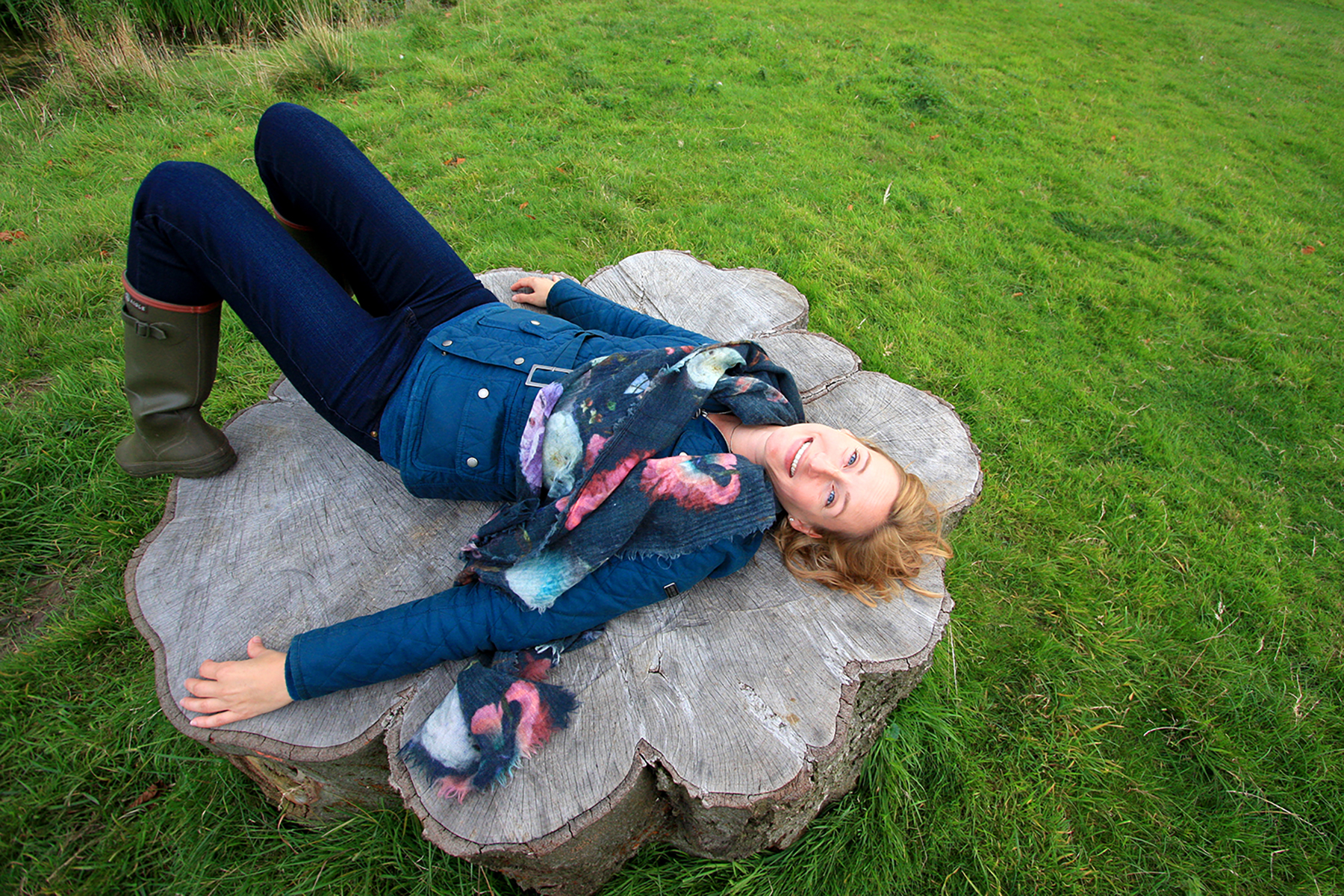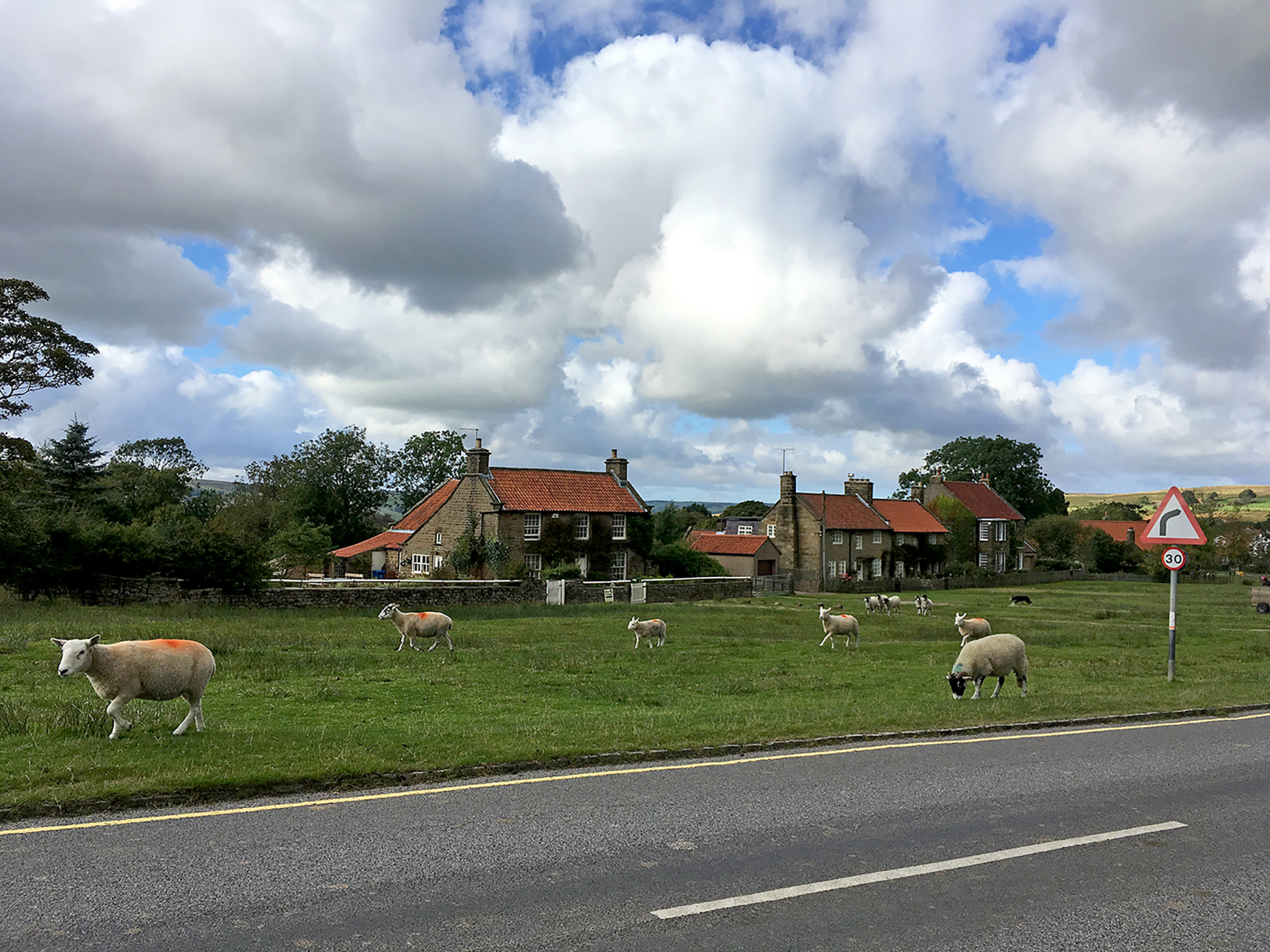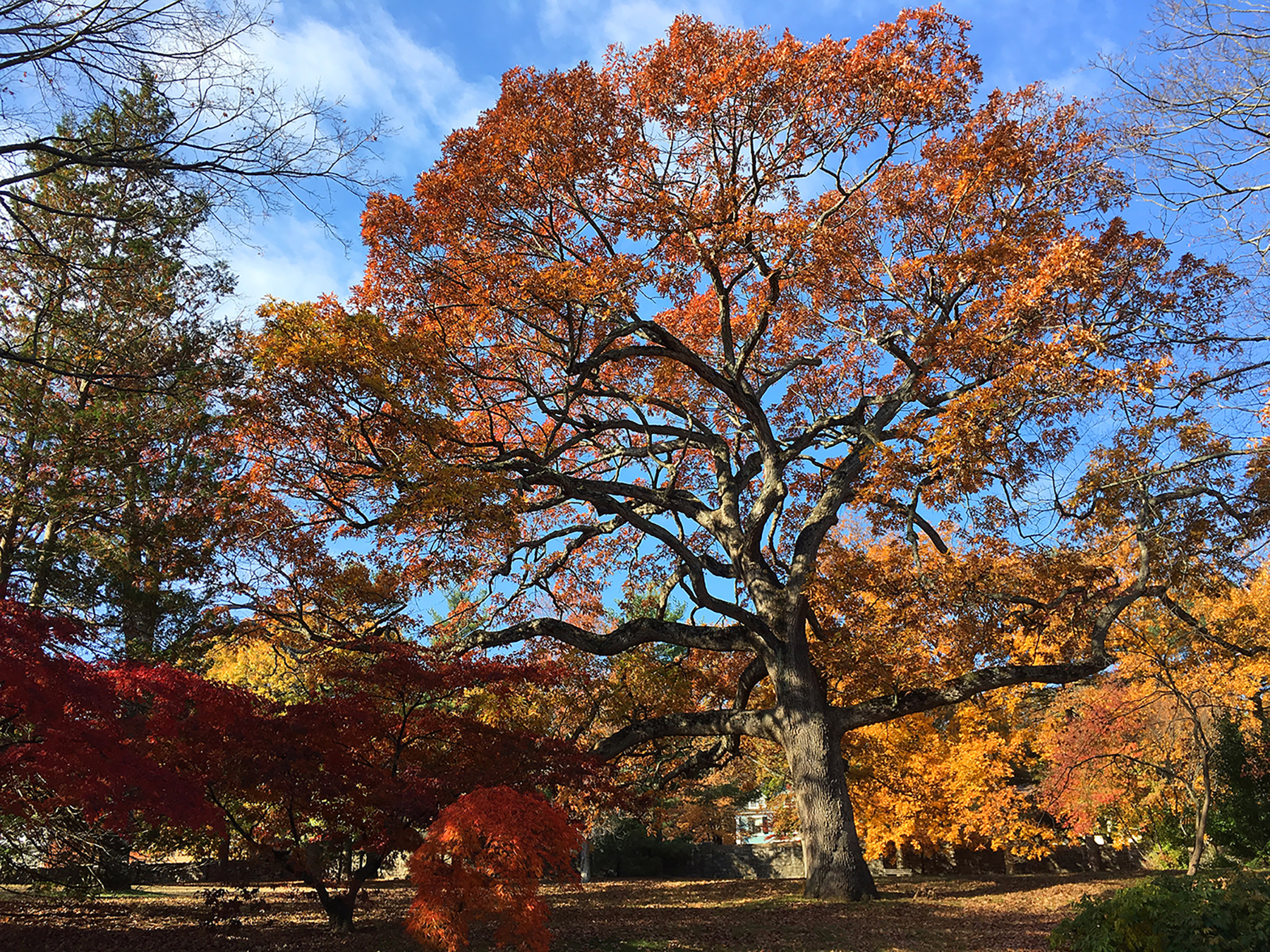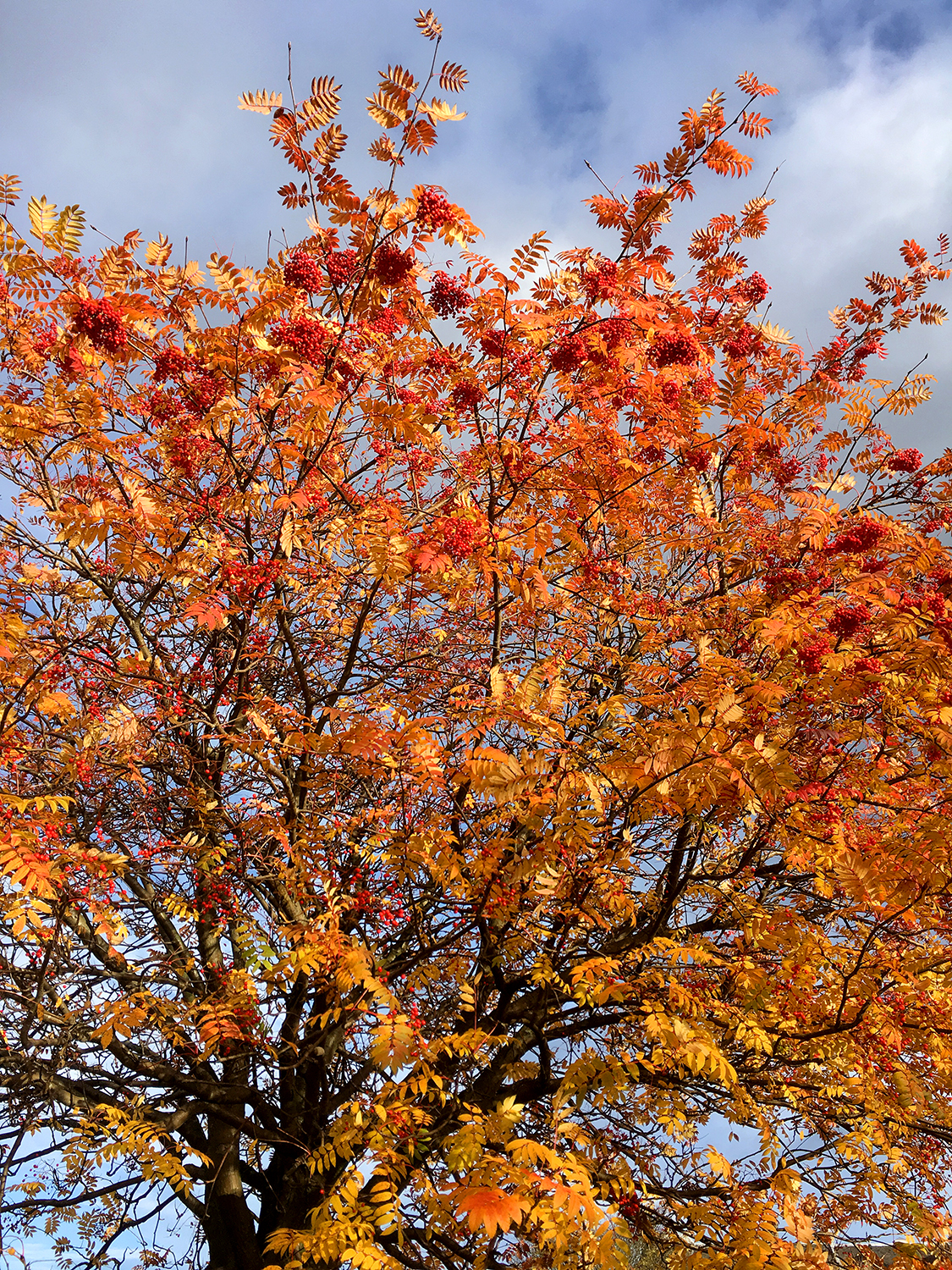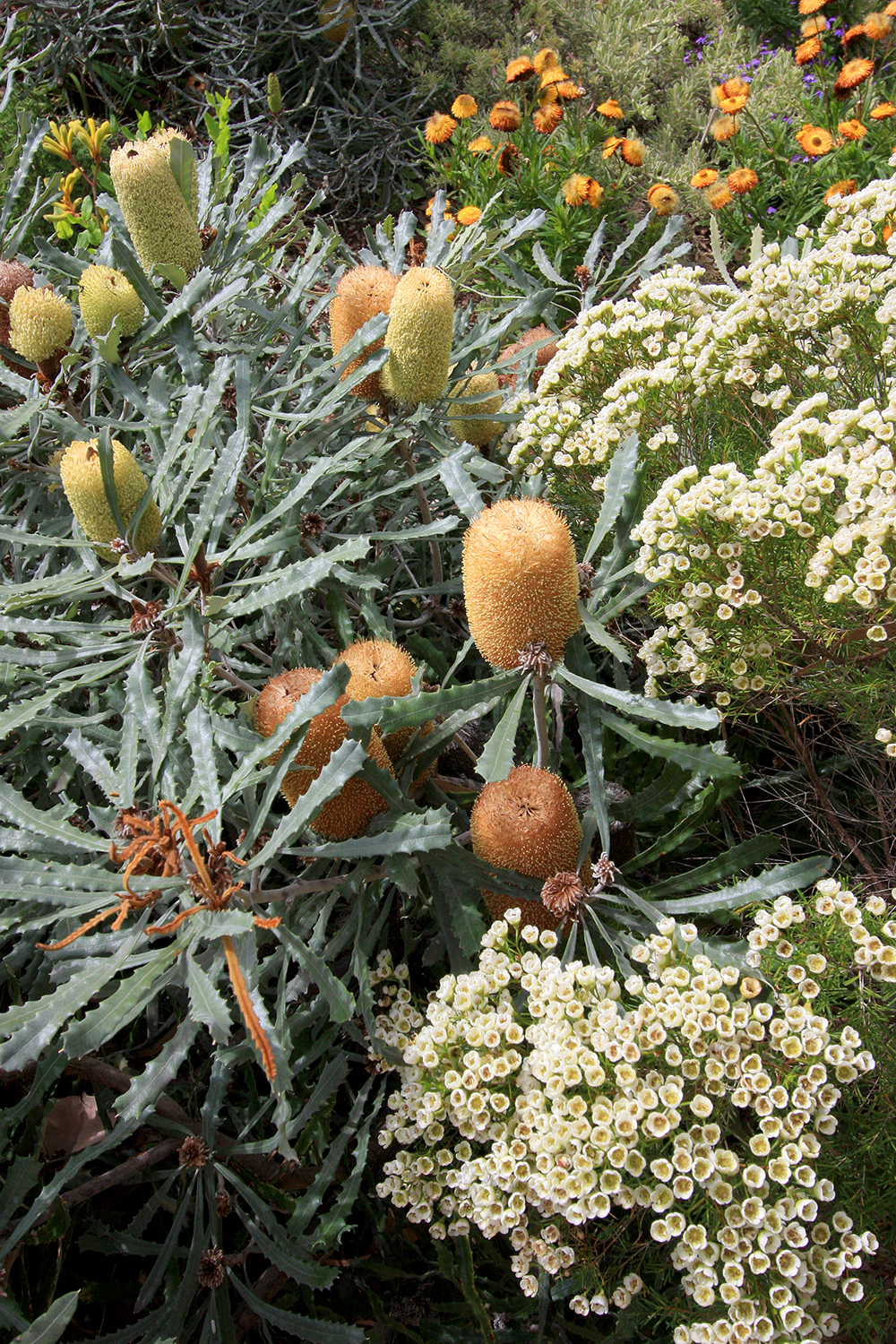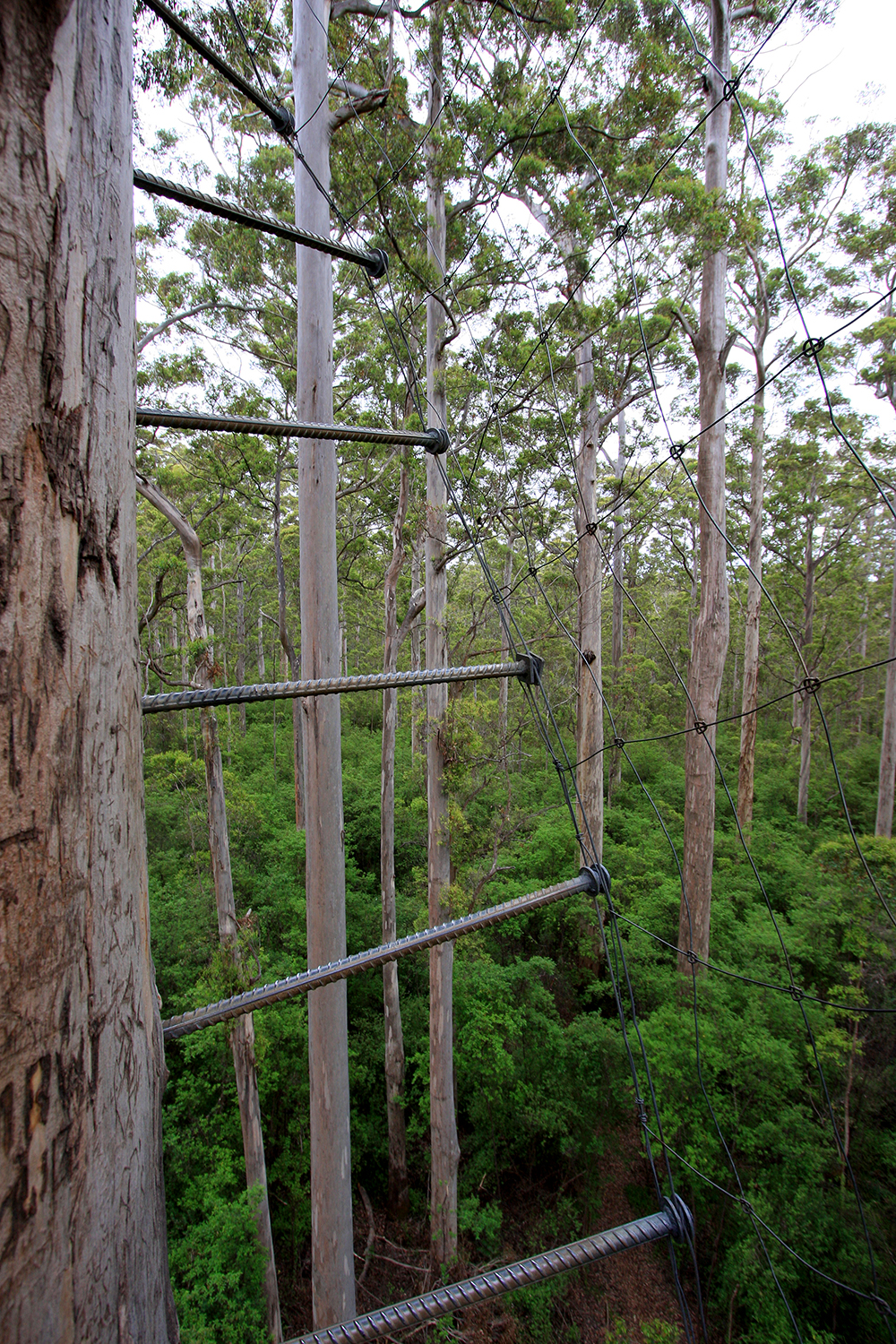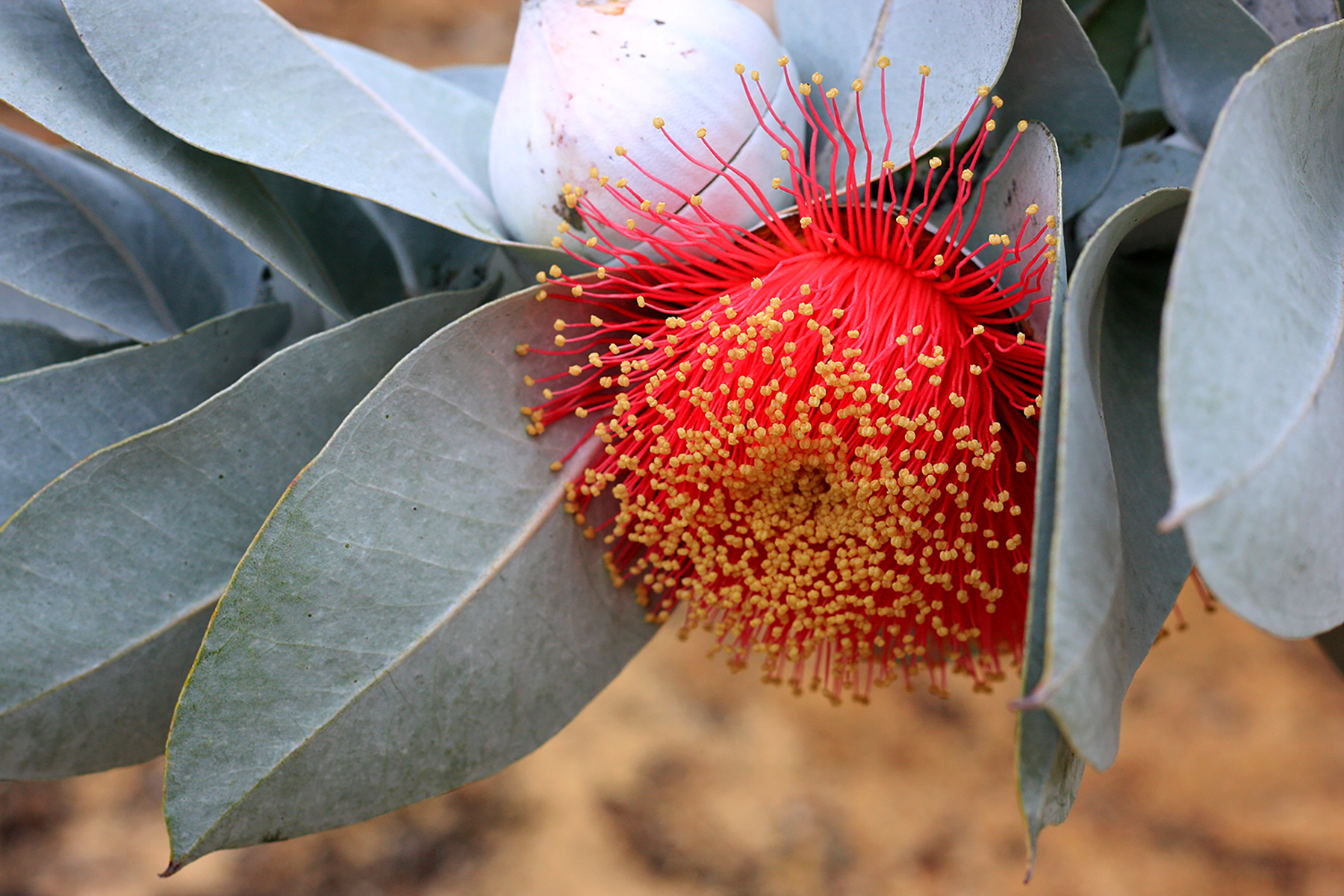On Monday--before the sky turned apocalyptic orange from Saharan dust and Portuguese smoke--I visited Great Comp garden in Sevenoaks, Kent. I was familiar with Great Comp through the work of its curator, William Dyson, who grows and sells his extensive collection of salvias in a nursery onsite. As an RHS partner garden, entry is free for members in September and October.
It's getting late in the season for garden visiting, and Great Comp was quiet and almost empty. It was just my luck as on this 70-degree October day the bright sun really brought out the best in fall colors, ornamental grasses, and hundreds of salvias of all shapes and sizes.
The garden is criss-crossed with meandering paths that lend a real sense of discovery to its exploration. It also features "ruins" throughout that add some height to the otherwise flat site and provide vantage points from which to look down upon the garden. They reminded me of the ruins at Chanticleer, though at Great Comp they look less theatrically contrived and almost plausibly original.
I love photographing gardens in autumn, when they are so full of warm colors, texture and senescing beauty. One of my favorite views was of the phlomis seedheads, above, left standing in counterpoint to the tightly clipped shrub behind it.
I also enjoyed an extensive area of ornamental grasses. Their seedheads swished around at head height and made walking among them feel like an adventure. Throughout the garden late-season stars such as asters and dahlias brightened up the browning foliage.
I've always liked salvias, but I came away from Great Comp with an even greater appreciation for their range of color, size, and form. My favorite of the day was Salvia bullulata 'Pale Form," grown in a container above. It's one of those rare true-blue plants that have my heart.
In all I was unexpectedly surprised by Great Comp. The garden is big and detailed enough to hold your attention for a couple of hours, and it is very neat and well-maintained. The plantings look healthy and vibrant, even as we stand on the doorstep of winter, and are artfully arranged with attention to form and texture as well as color. There is a lot to discover in this garden, and I look forward to returning in other seasons.





